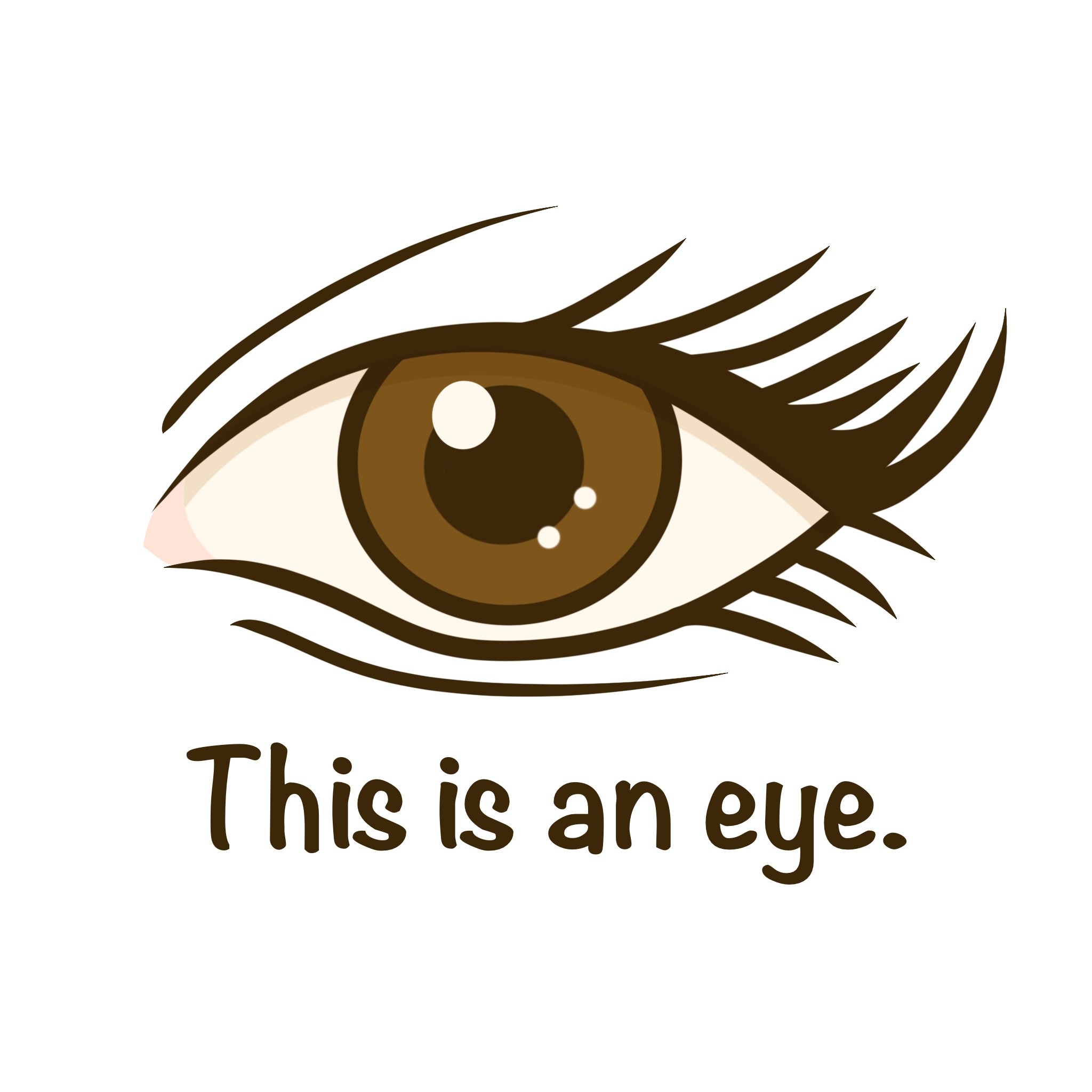
BIOL 1720 Test 1 Review (Chapters 33, 35, 36, 37, 40)
Animal Form & Function; The Nervous, Sensory, Endocrine, and Circulatory System. Red=iClicker/Kahoot, Yellow=Key Notes, Green=Definitions, Blue=Numbers/Stats
-
Anatomy
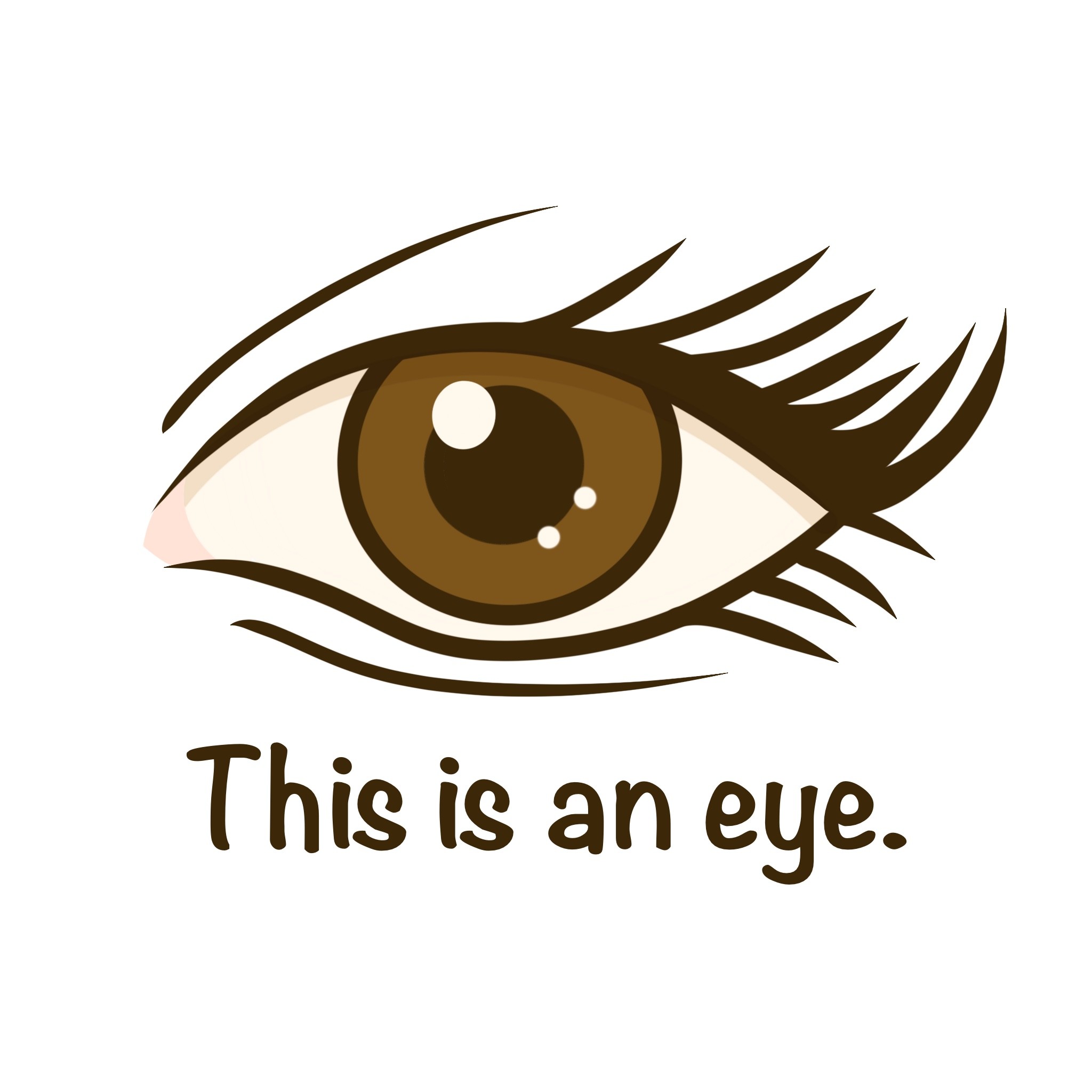
The study of the biological form of an organism
-
Physiology
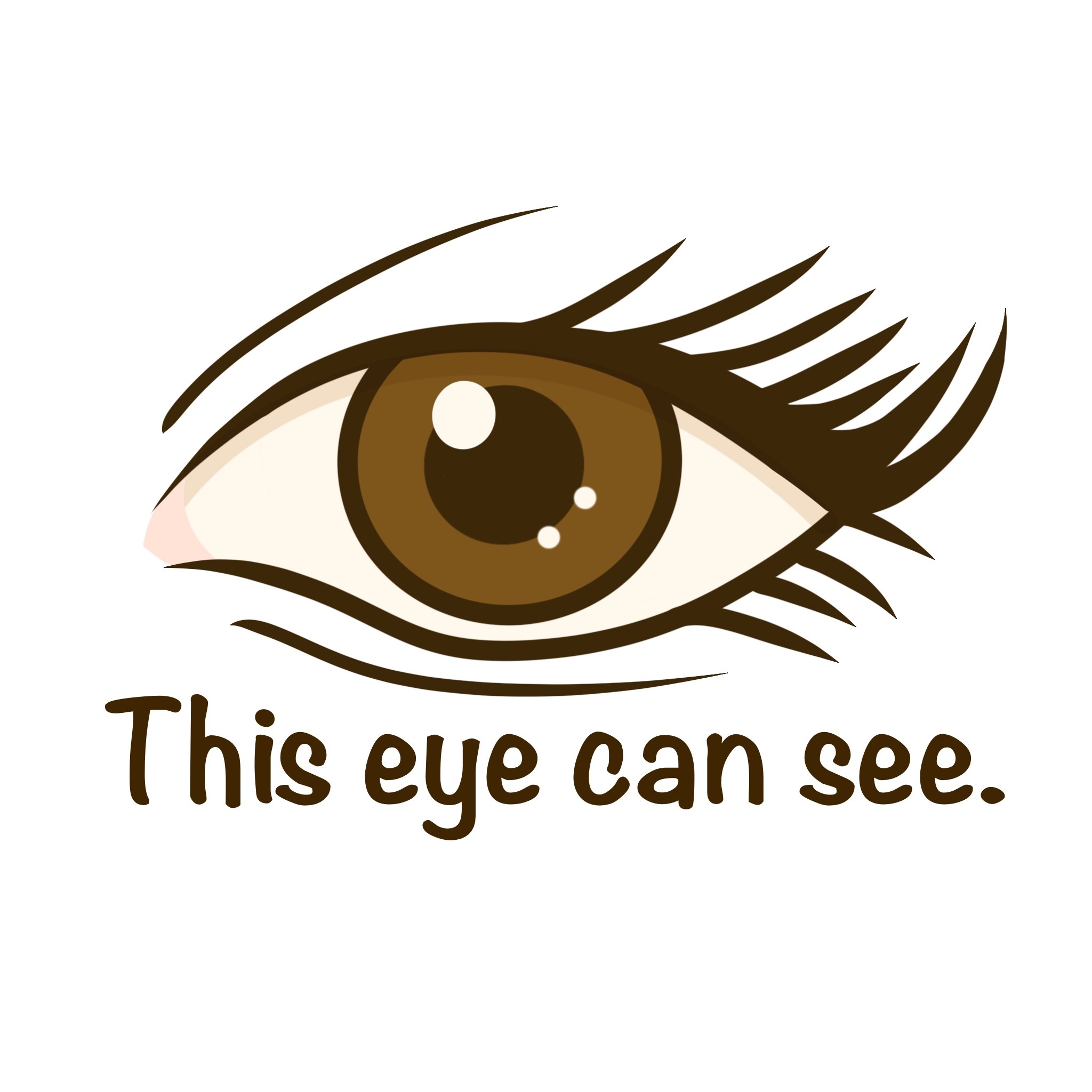
The study of the biological functions an organism performs
-
How has size and shape evolved?
Through interactions between animals and their environments (abiotic & biotic) & mutations
-
What do physical laws constrain regarding animal forms?
Strength, diffusion, movement, heat exchange
-
As an animal increases in size, what happens to the skeleton?
The skeleton must be proportionally larger to support mass
-
As an animal increases in size, what happens to the muscles?
muscles must be larger to support locomotion
-
What does gravity influence the body shape of?
Flying animals
-
What does drag influence the body shape of?
Swimming animals
-
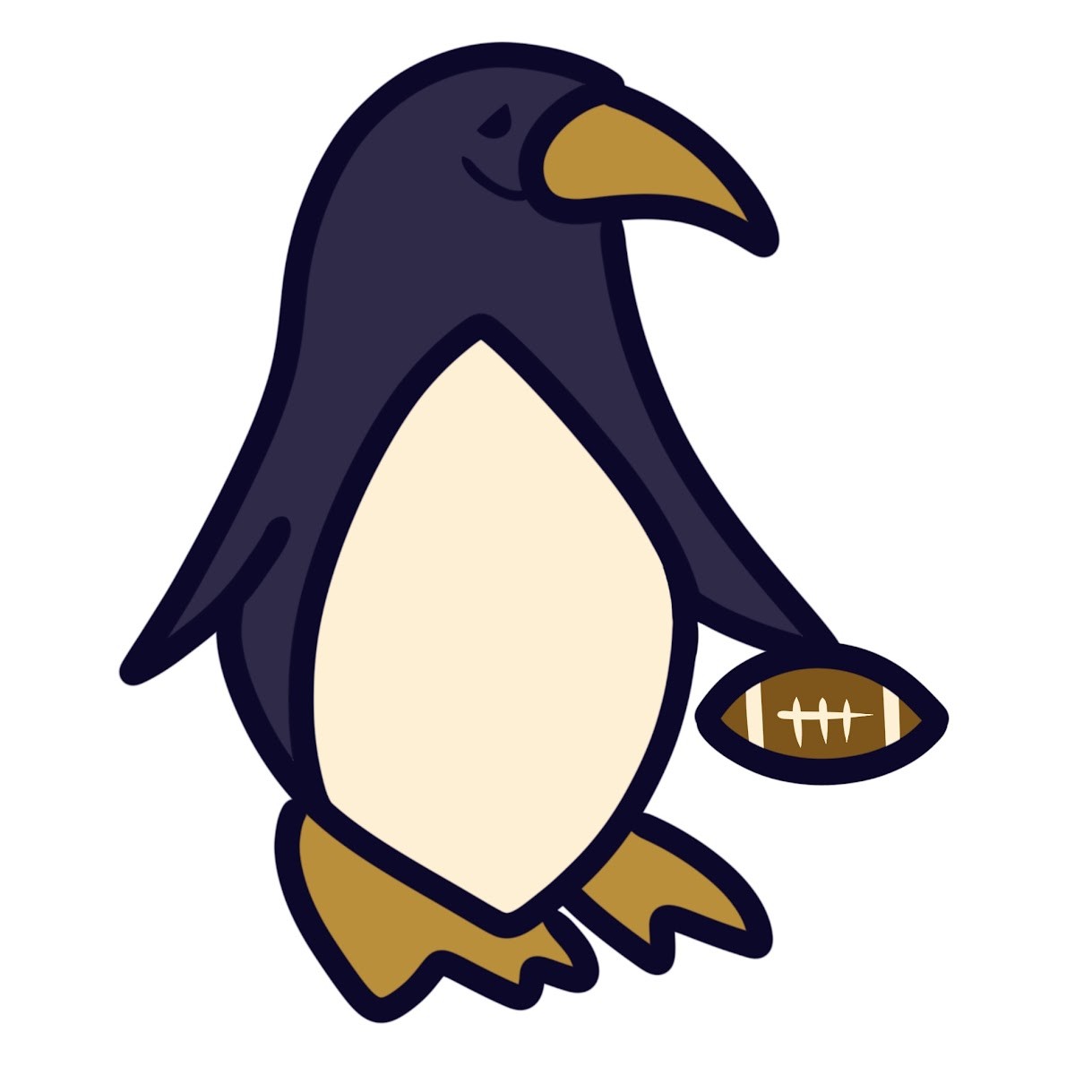
Water properties cause fast-swimming animals to have what?
-Smooth body surfaces
-Fusiform (Football) body shape
This increases gravity & drag, optimizing survival
-
Convergent Evolution
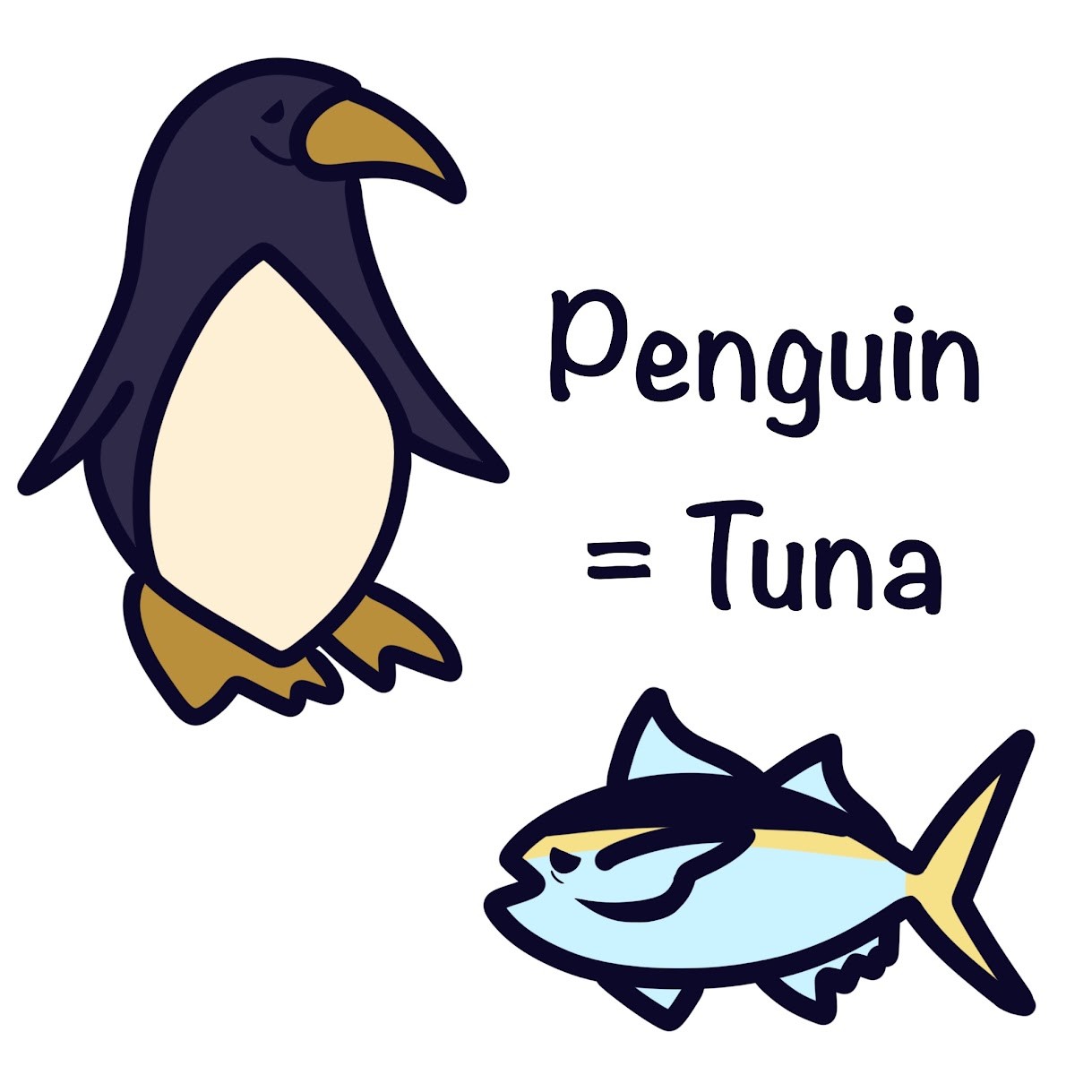
Similar adaptations of diverse organisms facing the same or similar environmental changes
-
What molecules can be exchanged by simple diffusion?
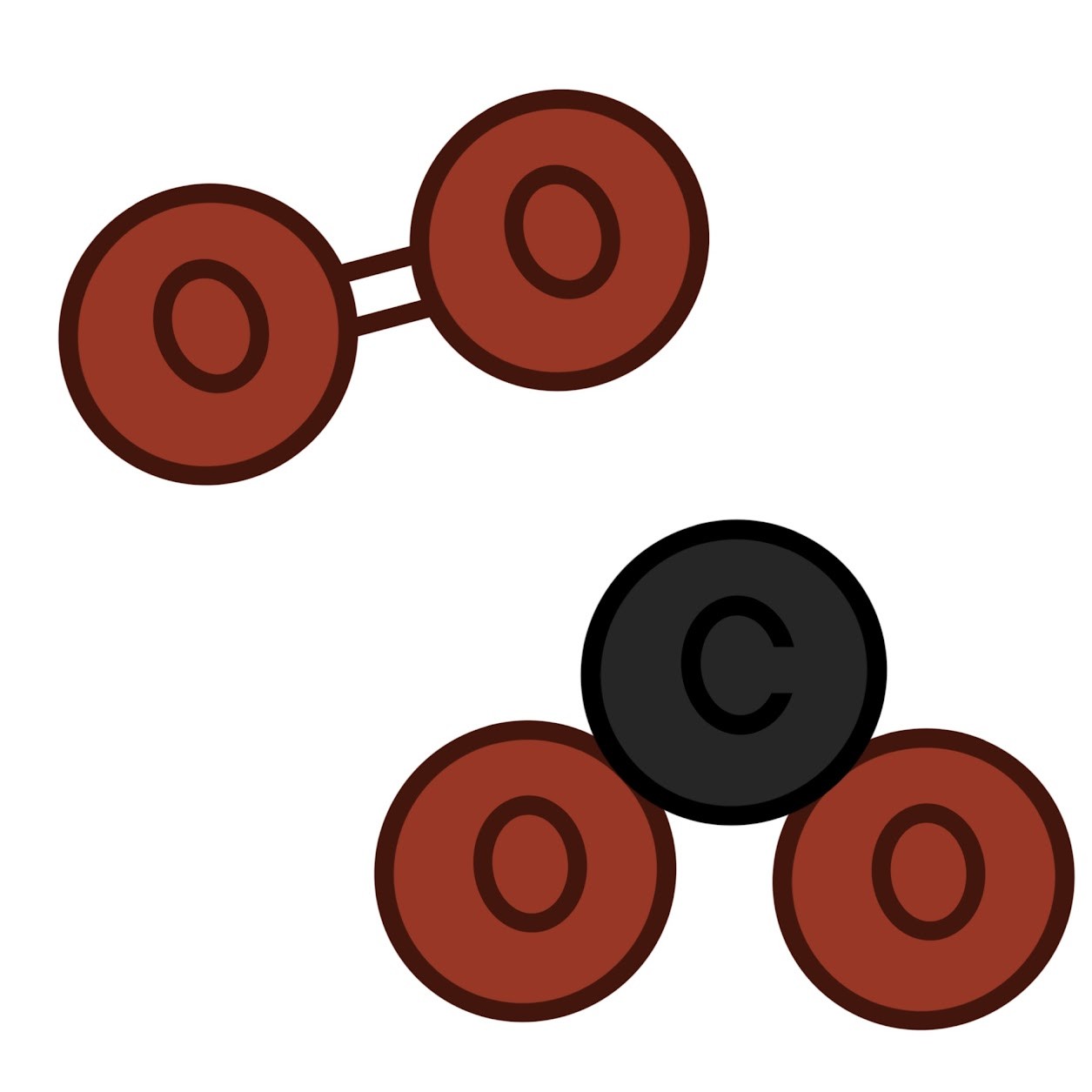
Small molecules like O2 & CO2
-
Why is diffusion efficient over very short distances?
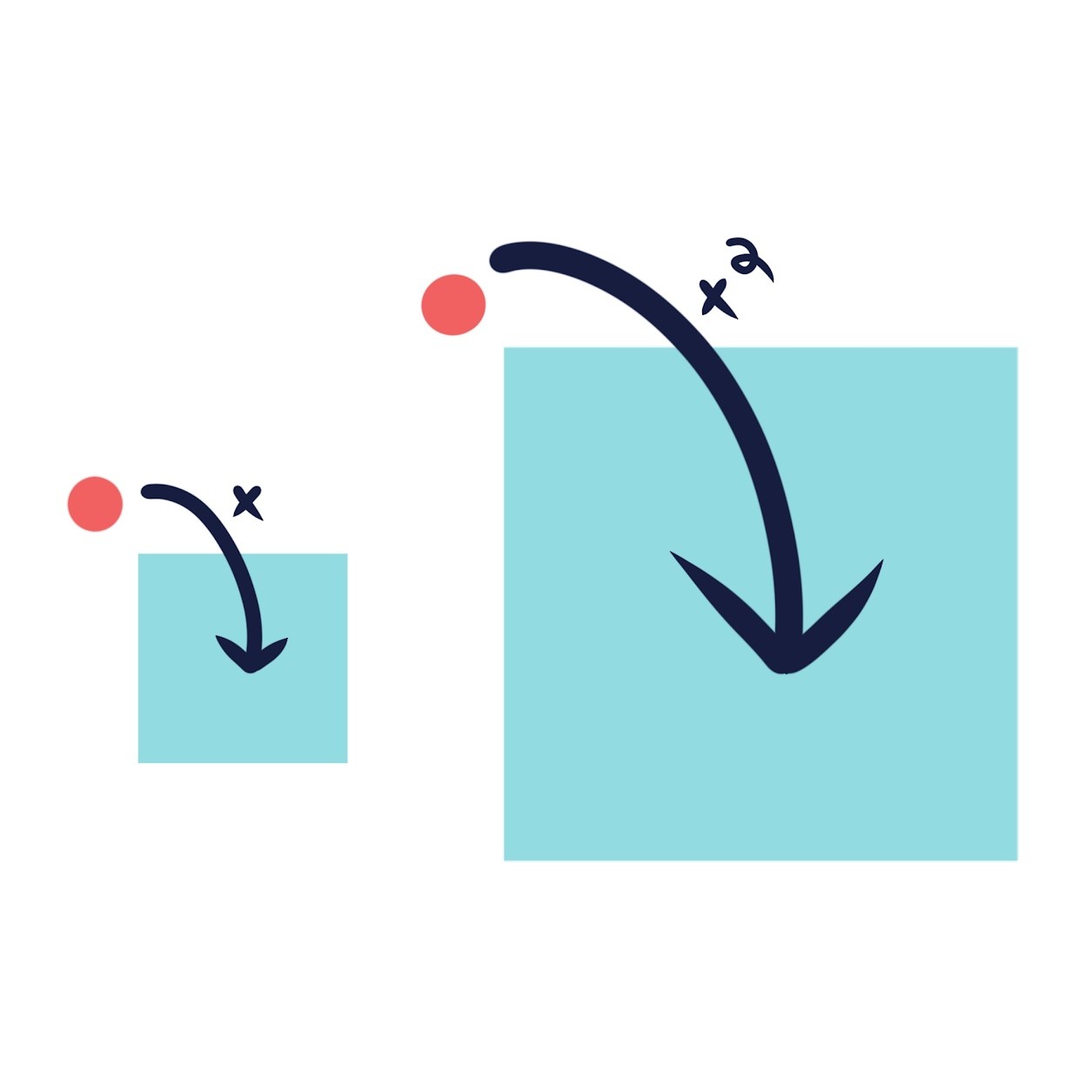
Diffusion time is proportional to the square of the distance.
-
The rate of diffusion _________ as diffusion distance increases
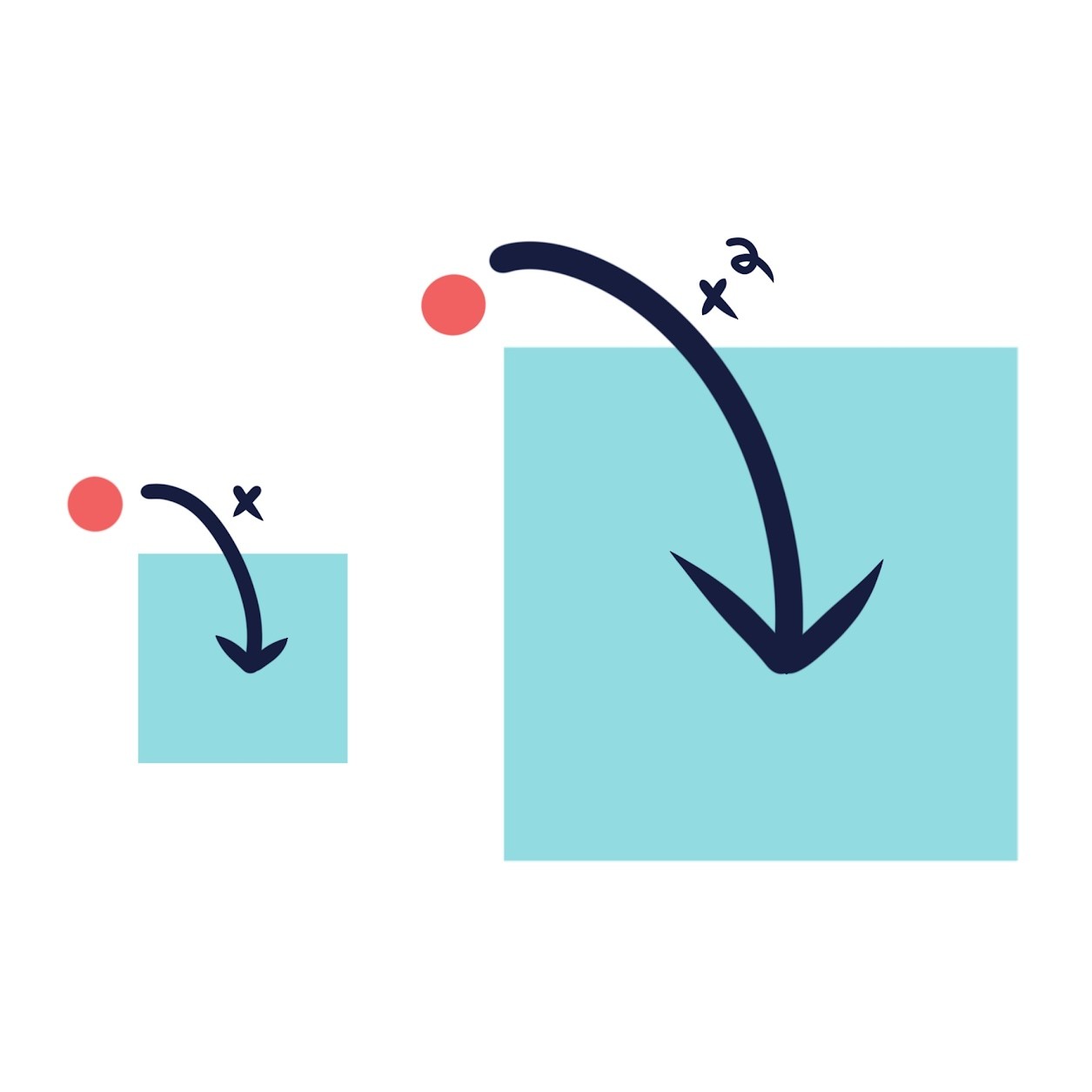
Decreases
-
Rate of exchange is proportional to
cell/tissue exchange surface area
-
Amount of exchange material is proportional to
cell/body volume
-
Multicellular organisms require that each cell has access to a(n) _____ _____ for exchange to occur.
aqueous enviornment
-
As a cell gets larger, its _____ increases much faster than its ____.
volume; surface area
-
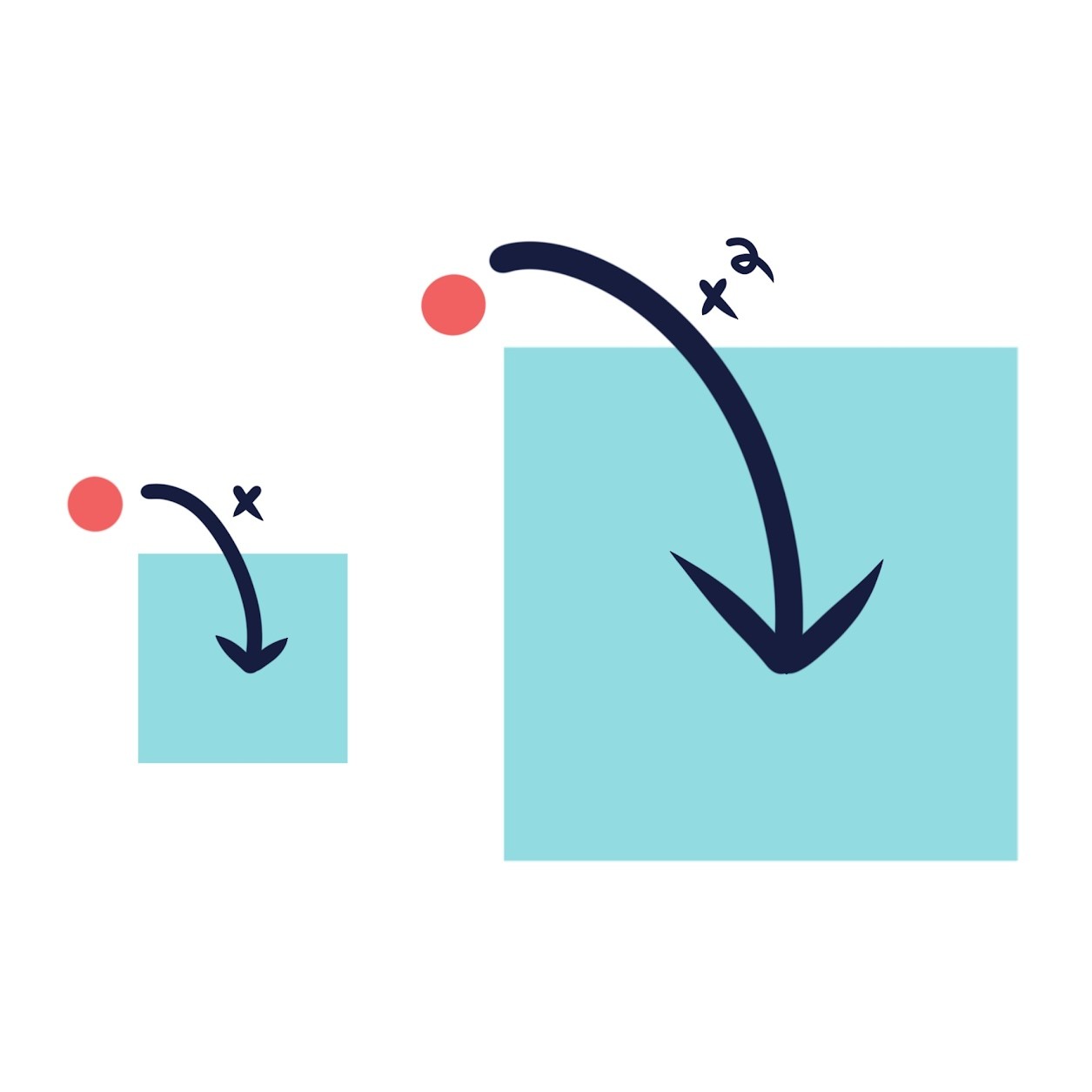
Why is a cell's volume increasing faster than its surface area a problem?
-Increased demand for exchange
-Decreased surface area relative to volume
-
Surface area increases as the ____ of the linear dimension
square
-
Volume/mass increases as the ____
cube
-
How do very small/thin organisms meet the needs of exchanging with the environment?
They rely on diffusion/direct exchange
-
How do larger organisms meet the needs of exchanging with the environment?
They require specialized surfaces that are extensively branched or folded
-
Would a mouse release more or less heat per unit mass compared to an elephant?
More
-
Intracellular
Inside the cells
-
Extracellular
Around the cells
-
Hierarchical Organization of Body (CTOOO)
Cells → Tissues → Organs → Organ Systems → Organisms
-
Tissues
Composed of similar cells that perform a function
-
What must tissue be covered in so that exchange can occur?
Fluid
-
4 types of tissues
Epithelial, Connective, Muscle, Nervous
-
Epithelial Tissue
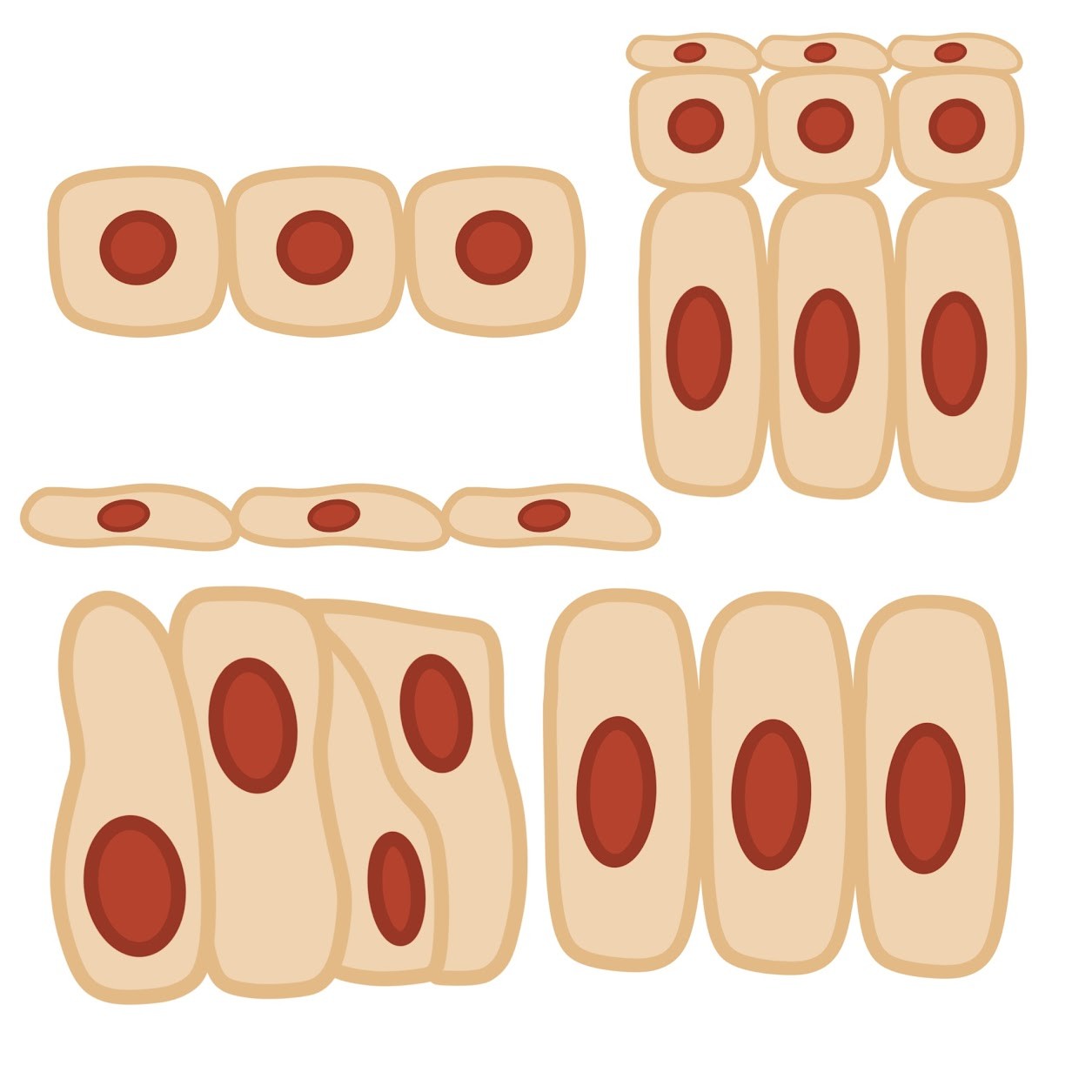
Covers the outside of the body and lines the organs & cavities within the body; closely joined
-
Epithelial Tissue Functions
Protection, exchange/interface with environment
-
Squamous Epithelial Tissue

Allows for exchange by diffusion
-
Examples of Squamous Epithelial Tissue
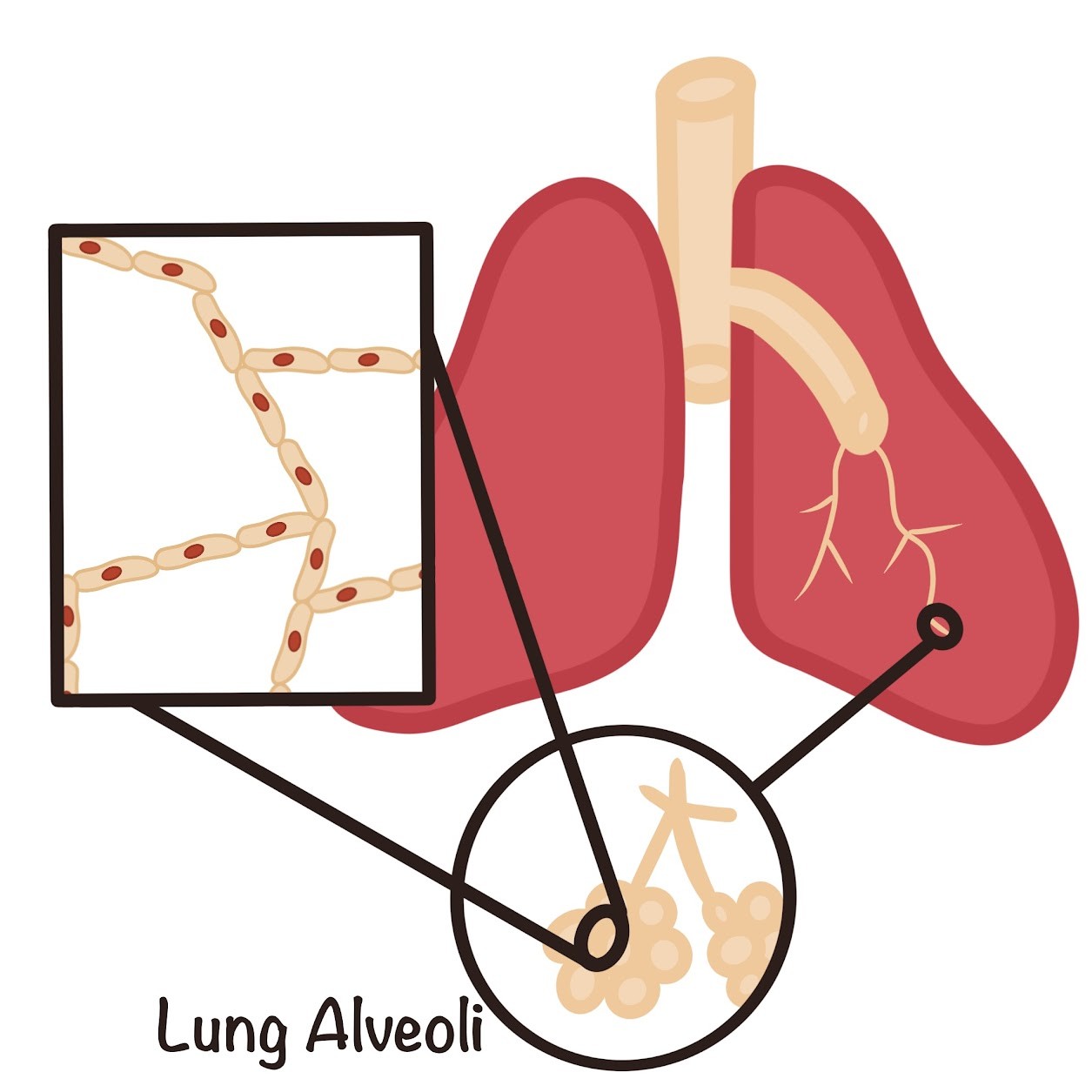
Lungs, blood vessels
-
Cuboidal Epithelial Tissue

Forms tubules and ducts
-
Examples of Cuboidal Epithelial Tissue
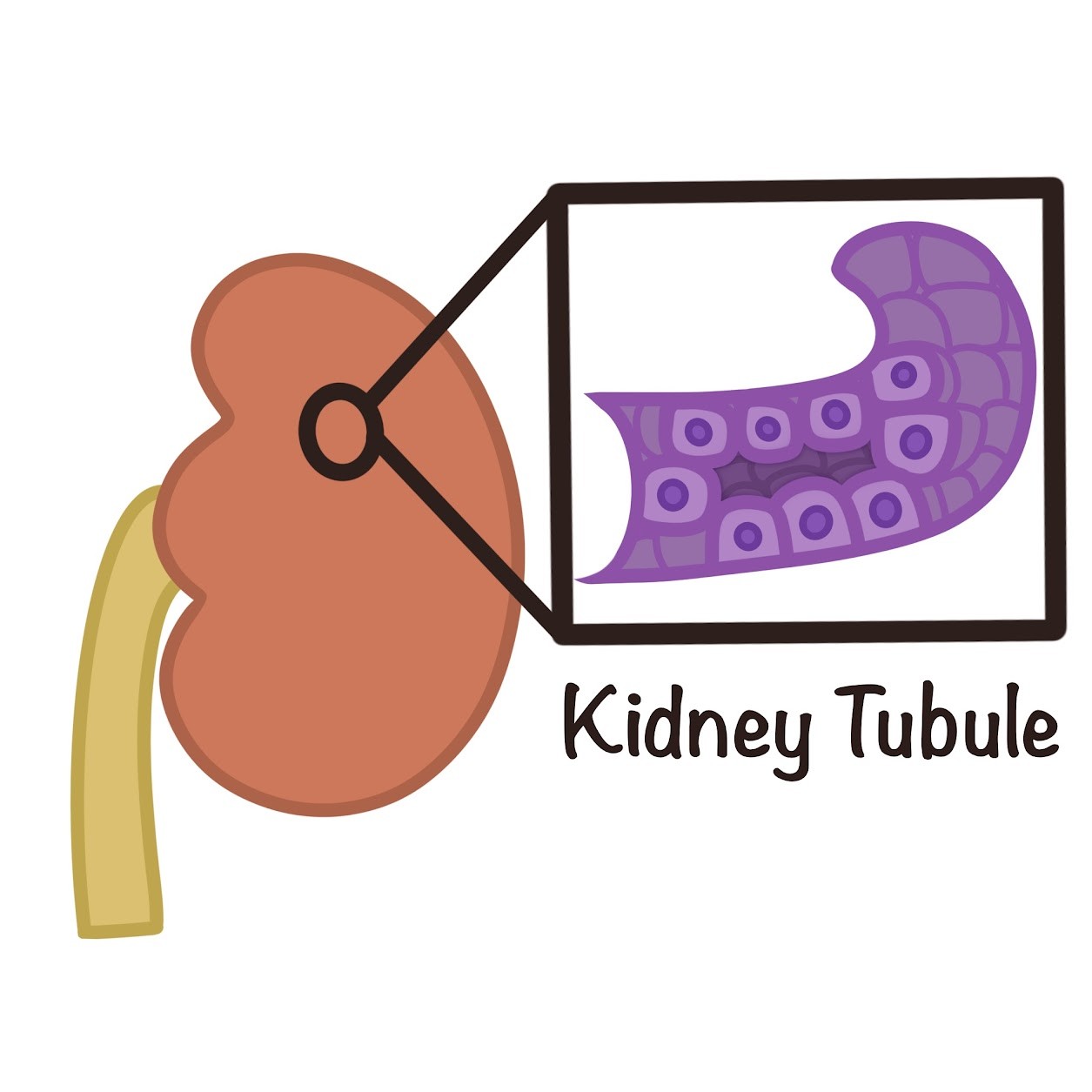
Kidneys, various glands for secretion
-
Columnar Epithelial Tissue
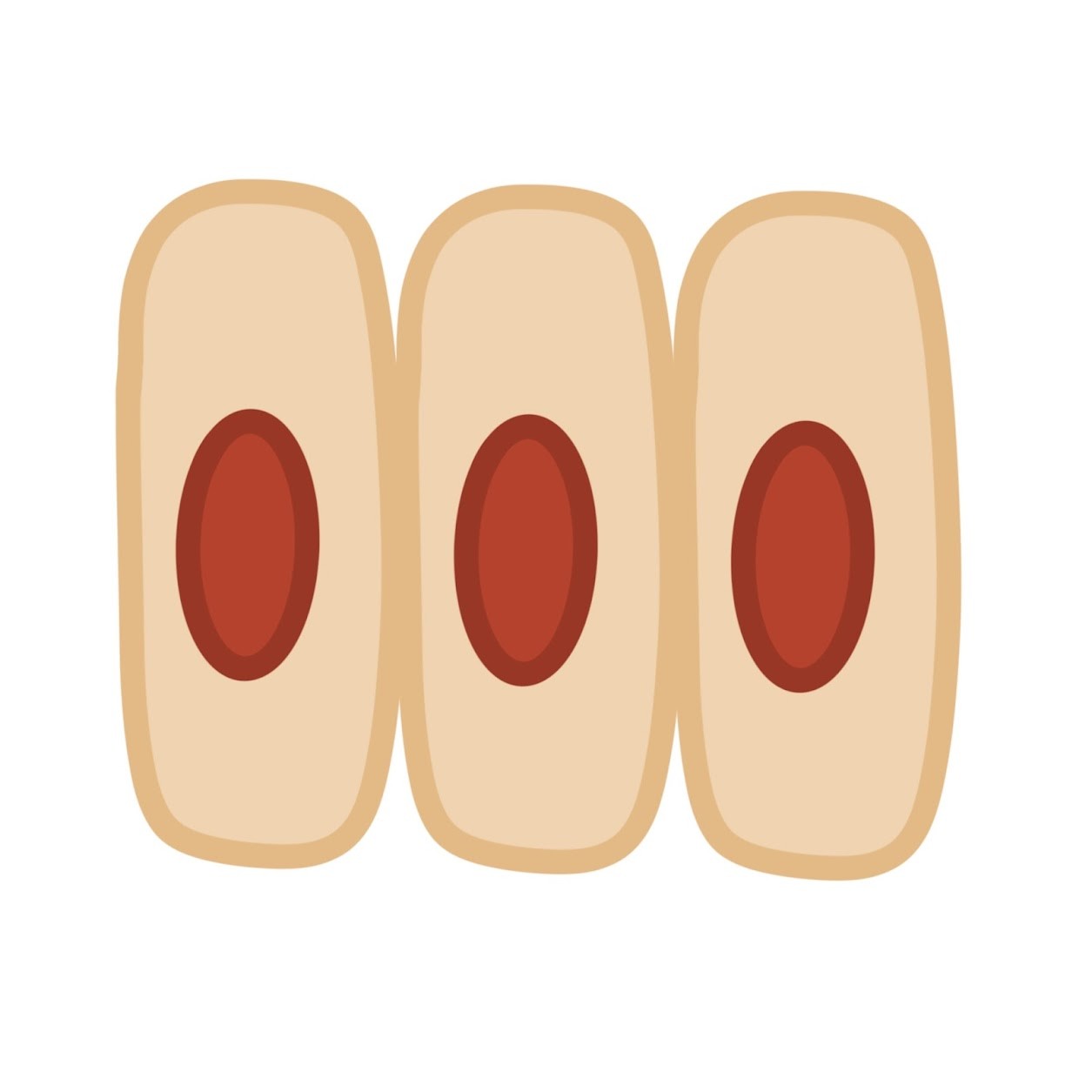
Allows secretion and absorption
-
Example of Columnar Epithelial Tissue
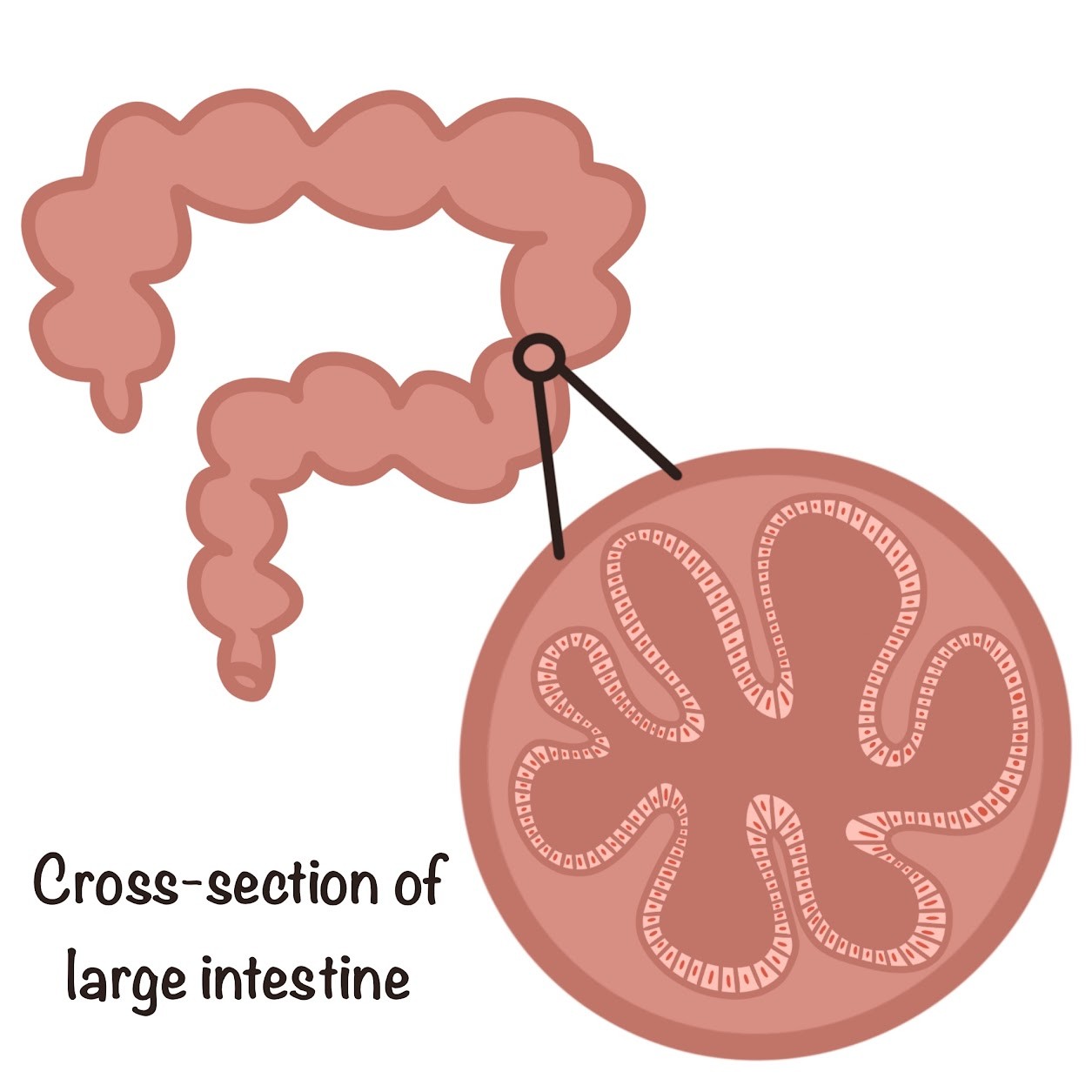
Intestines
-
Simple Epithelial Tissue
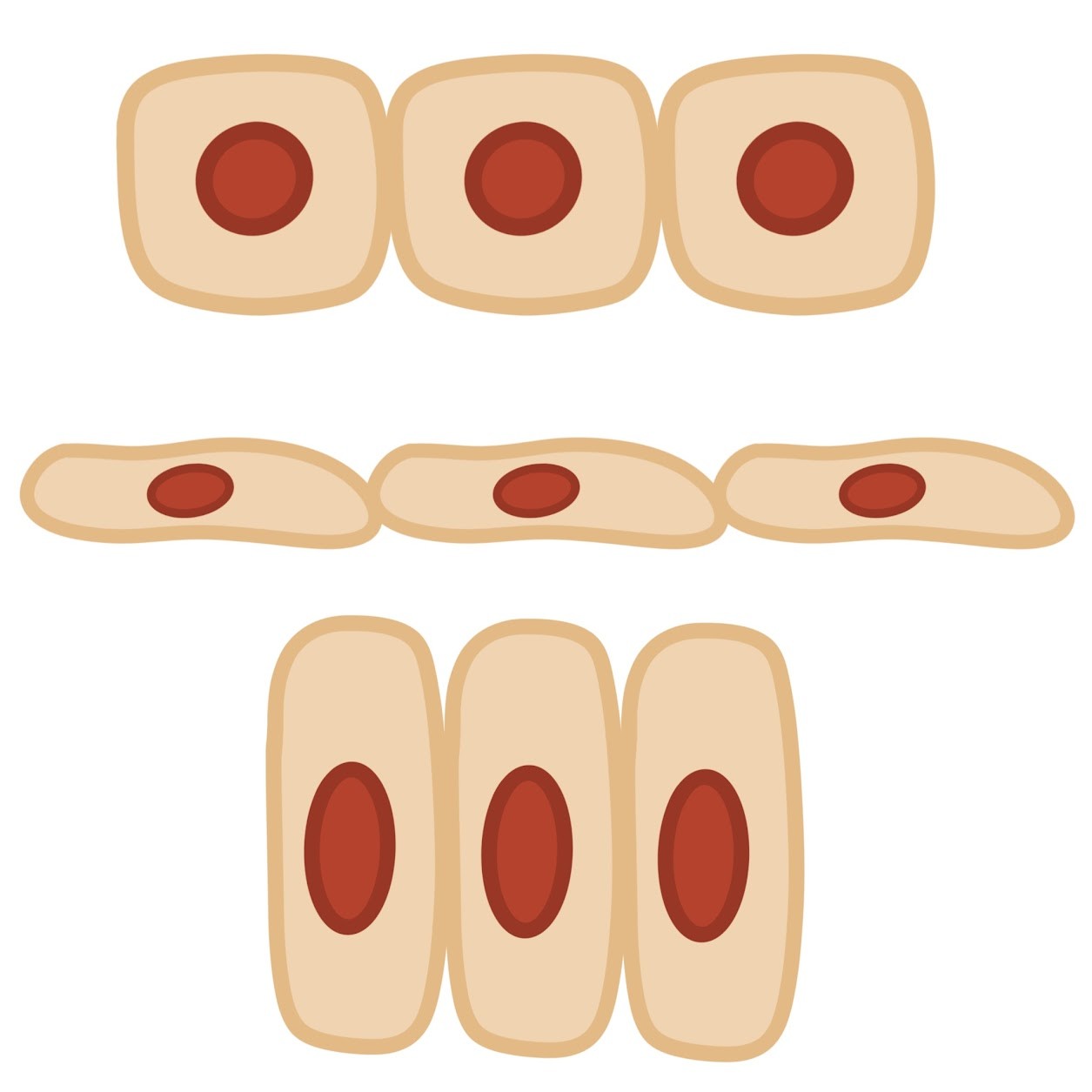
A single cell layer of epithelial cells
-
Stratified Epithelial Tissue
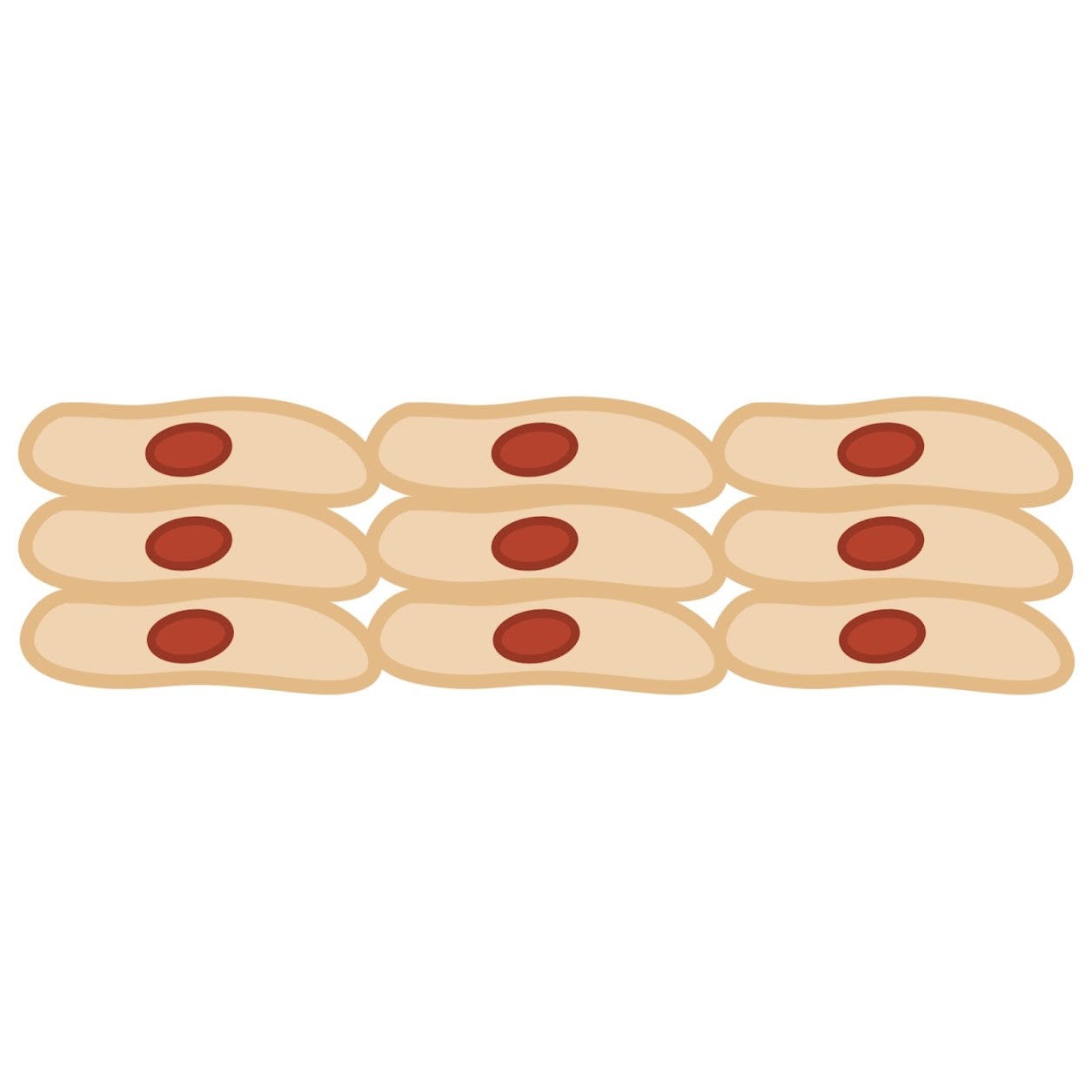
Multiple tiers of epithelial cells
-
Pseudostratified Epithelial Tissue
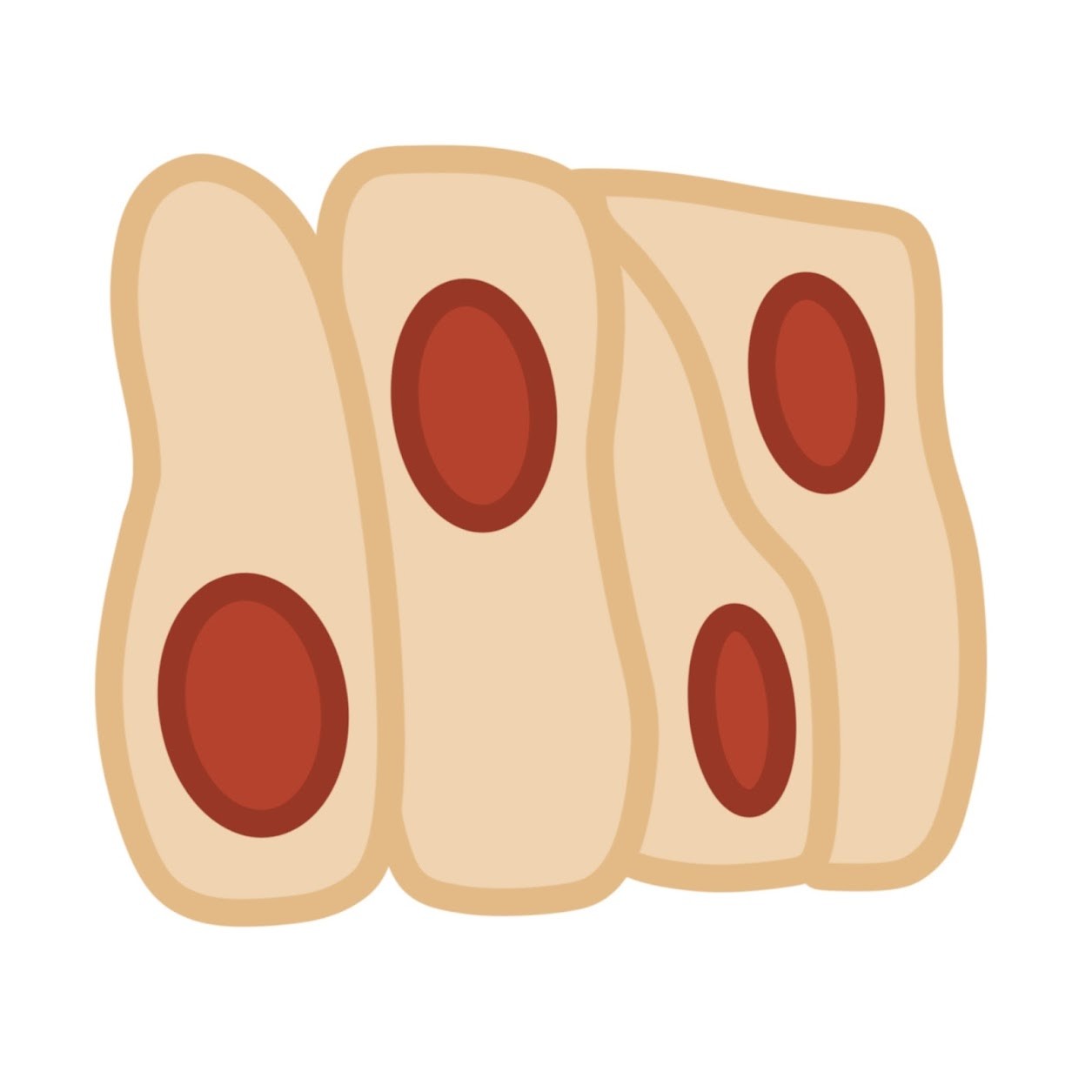
A single layer of cells of varying length
-
Transitional Epithelial Tissue
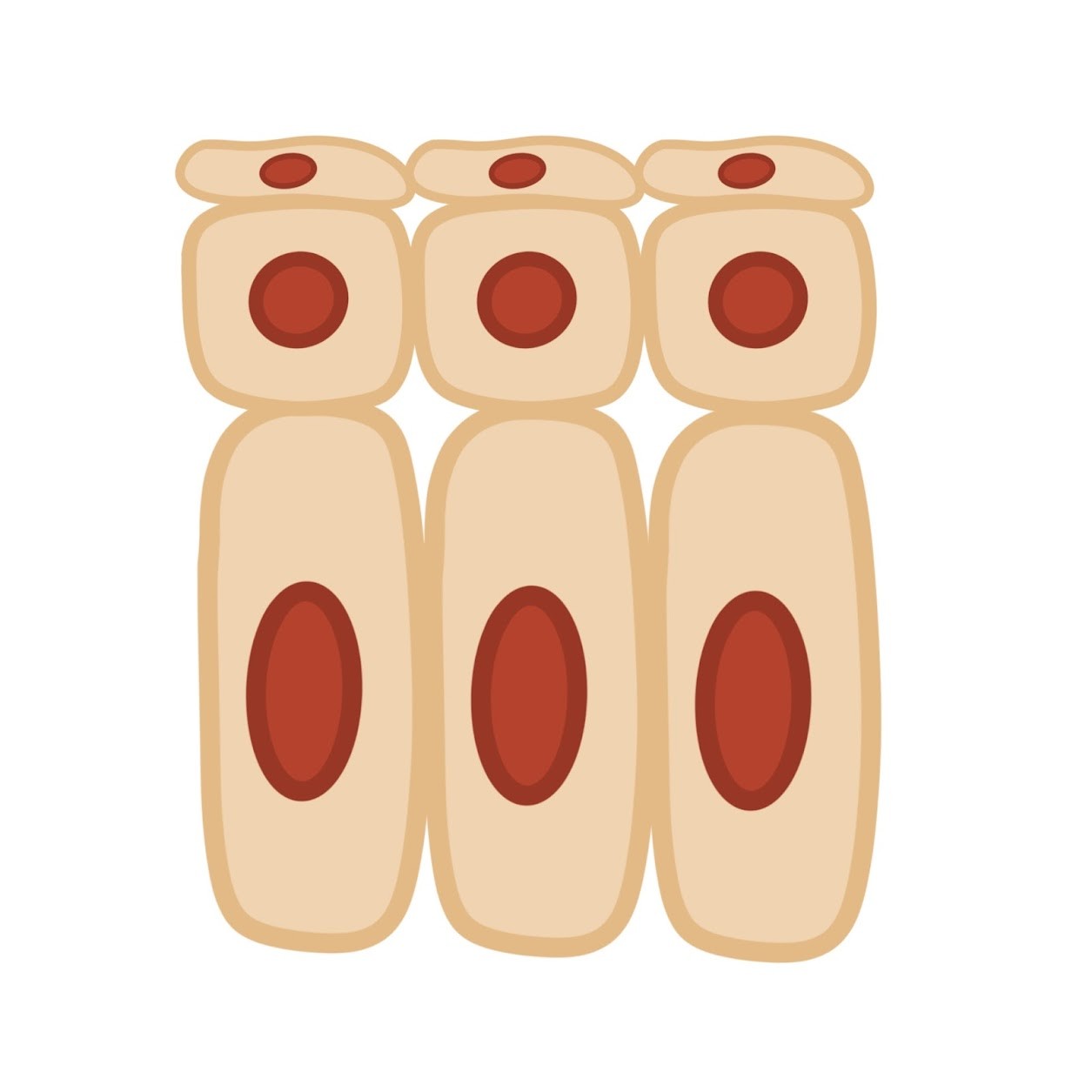
Stratified epithelial tissue but can change shape based on function or state
-
Example of transitional epithelial tissue
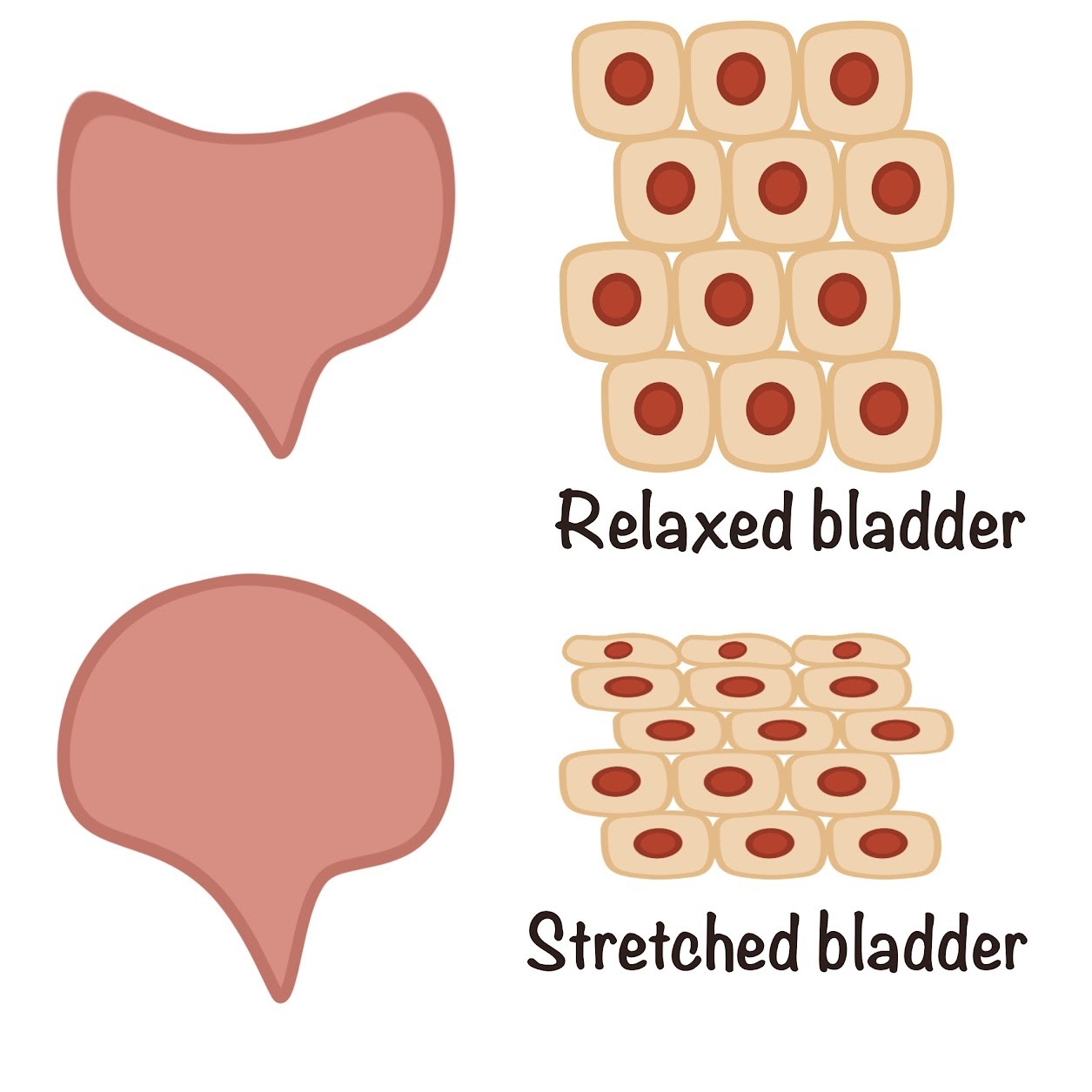
Urinary Bladder
-
Connective Tissue
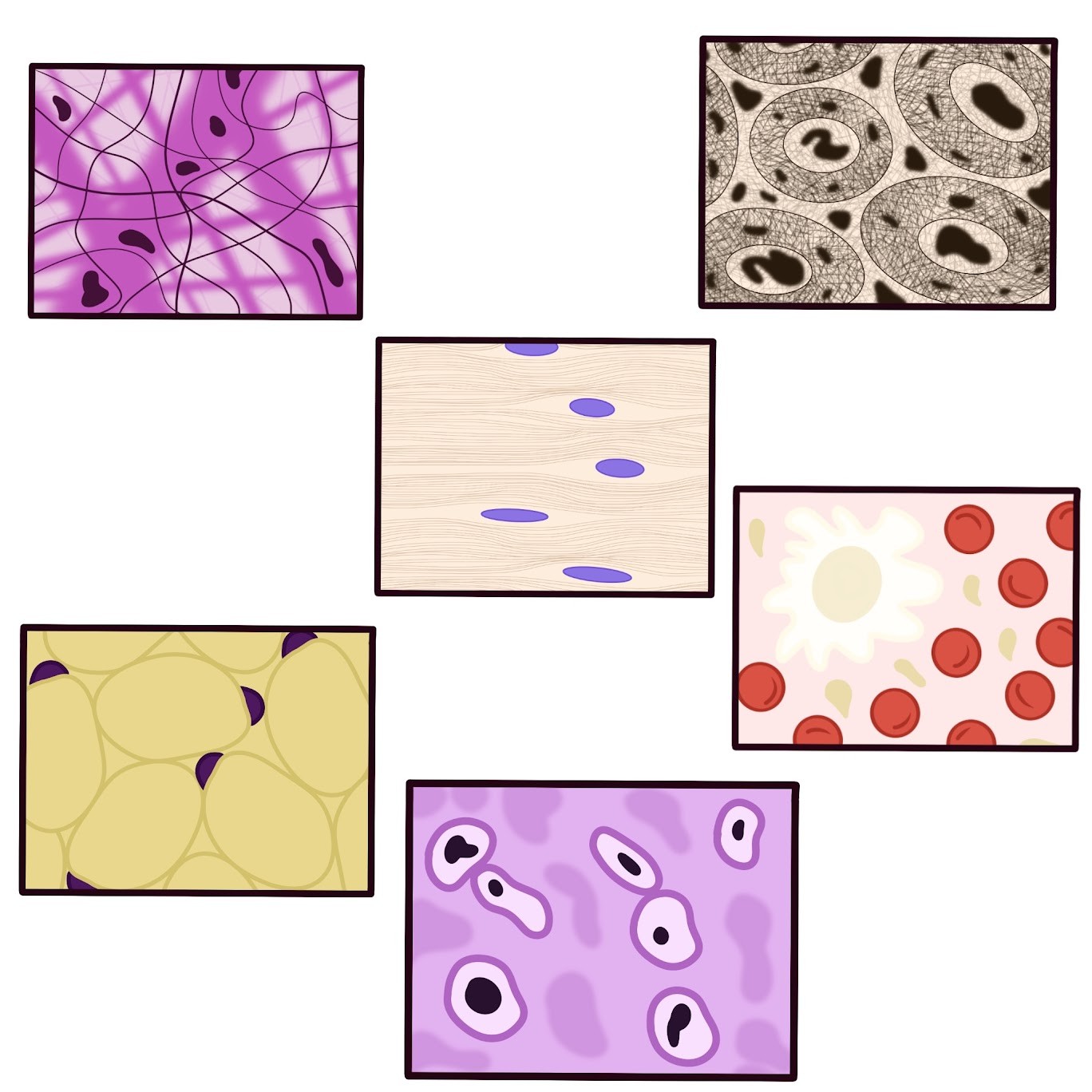
Contains sparsely packed cells scattered throughout an extracellular matrix
-
Connective Tissue Functions
Binds and supports other tissues
-
Extracellular Matrix (ECM)
Consists of fibers in a liquid, jellylike, or solid foundation
-
3 Types of Connective Tissue Fiber (all made of protein)
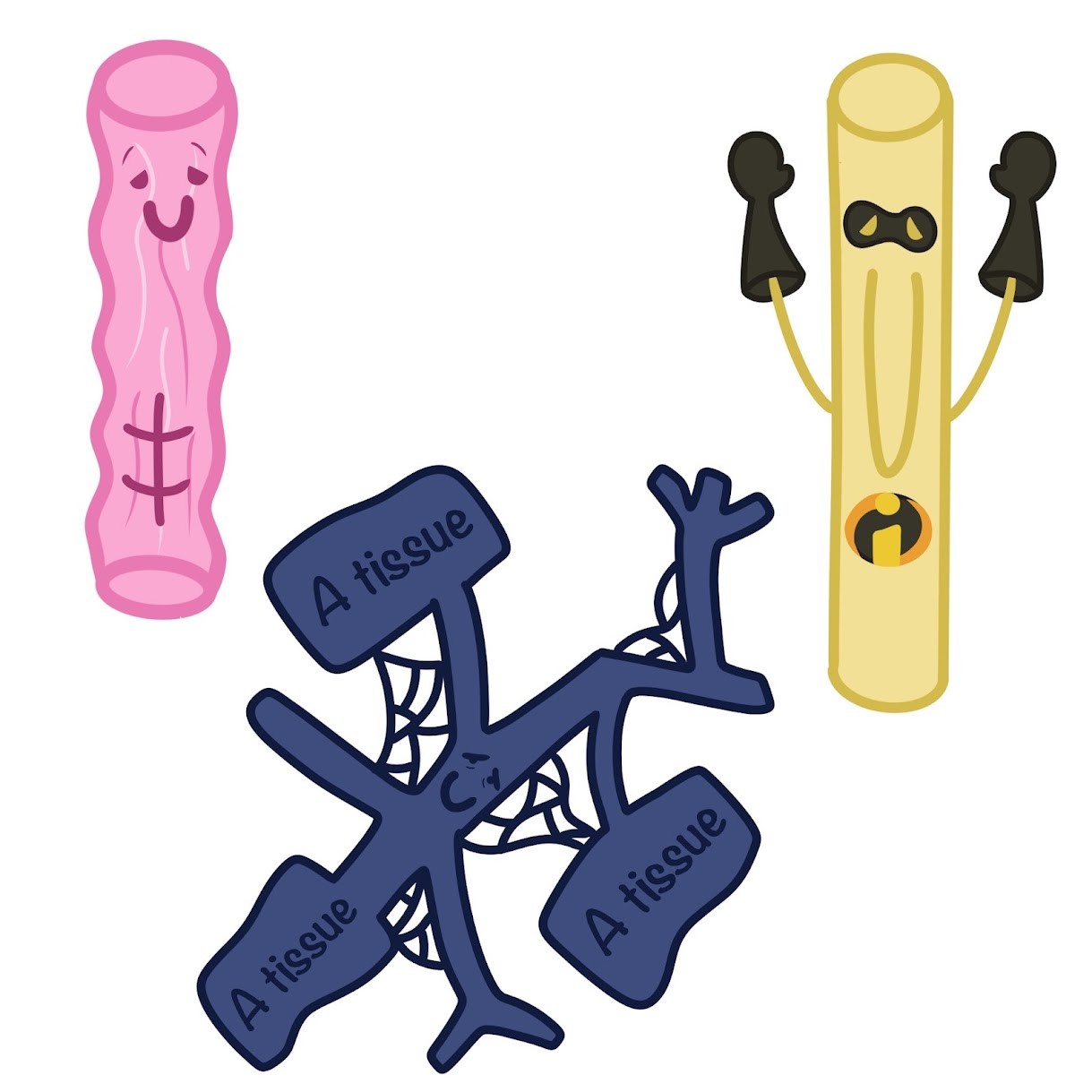
Collagenous, Reticular, Elastic
-
Collagenous Fibers
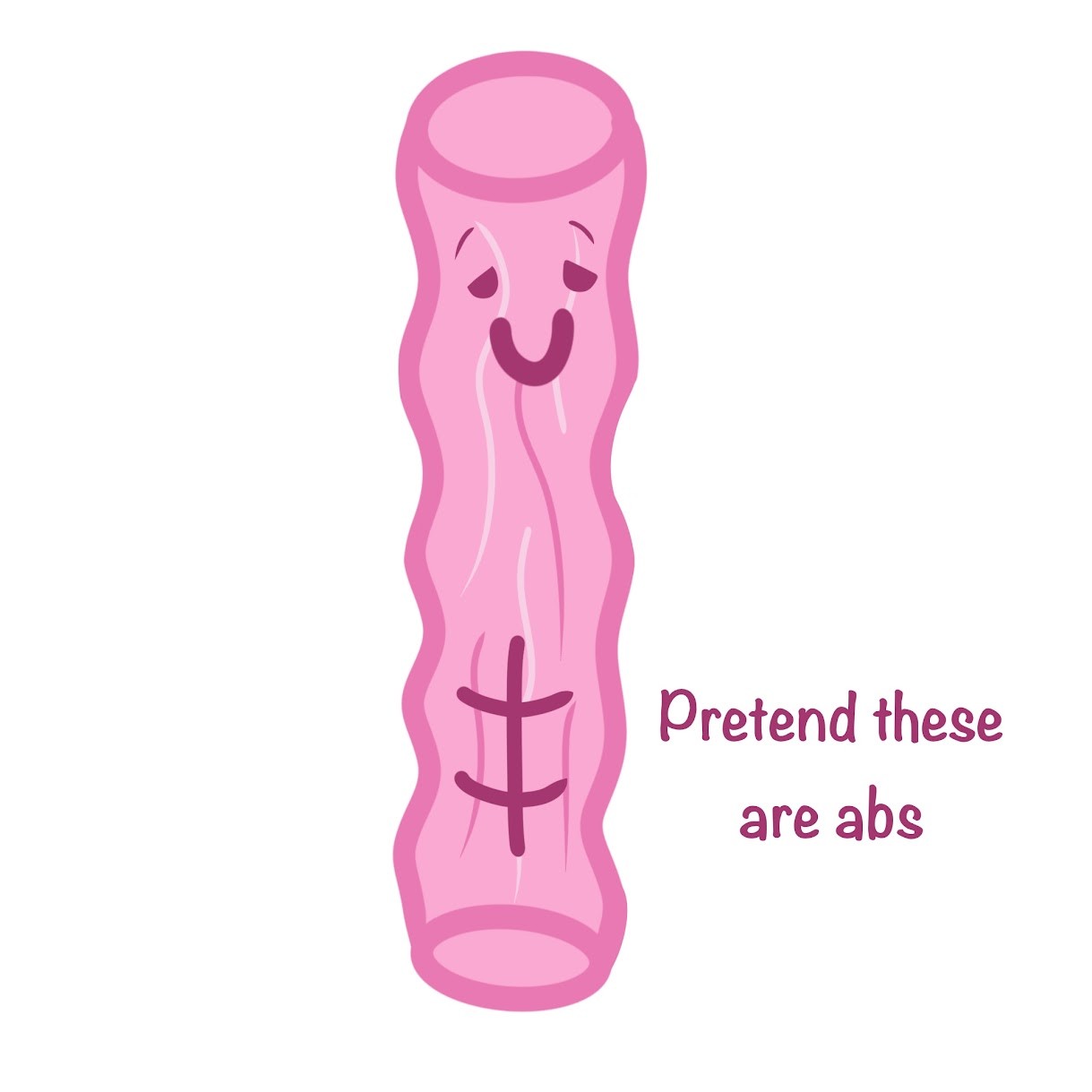
Provides strength and stability to a tissue
-
Reticular Fibers
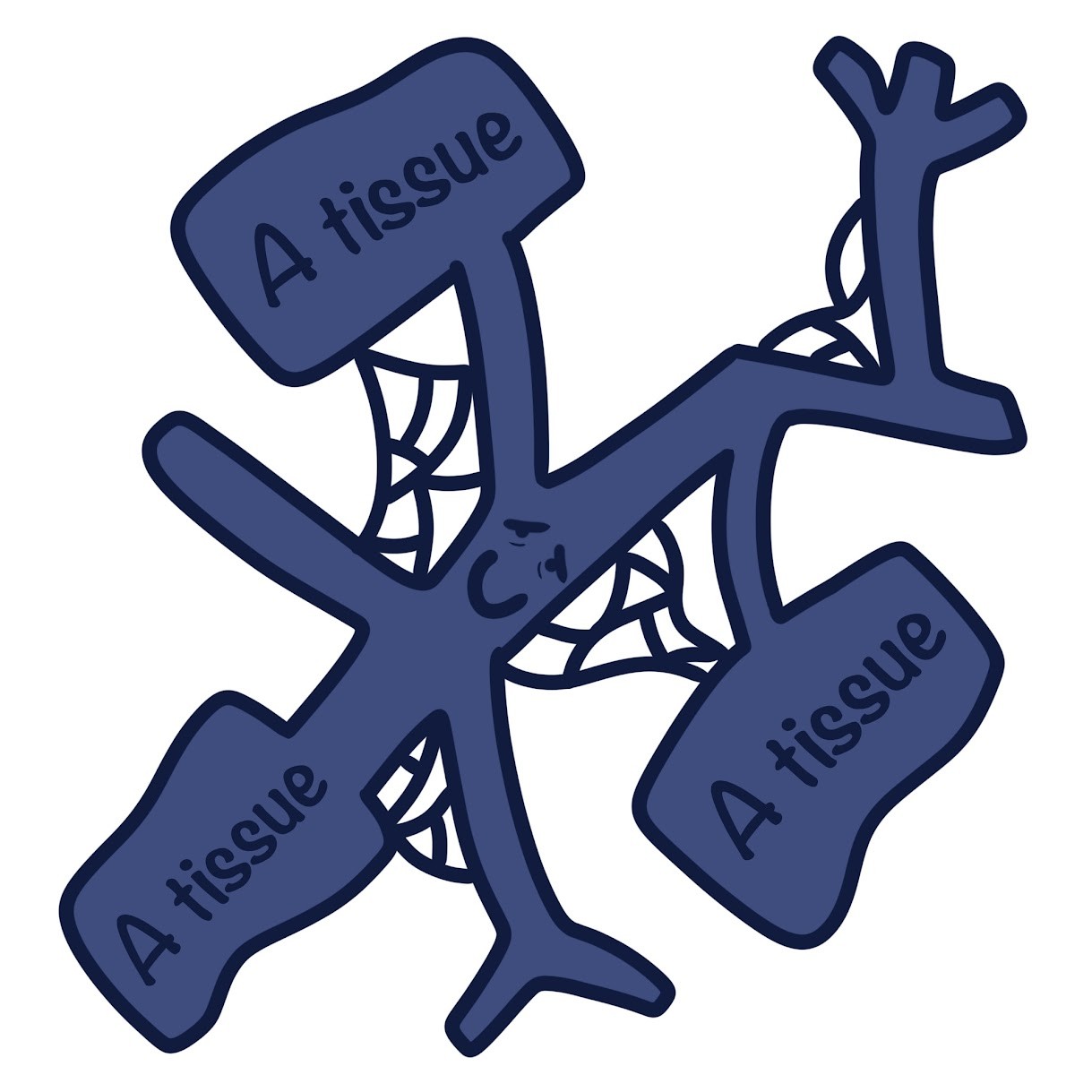
Join connective tissue to adjacent tissues
-
Elastic Fibers
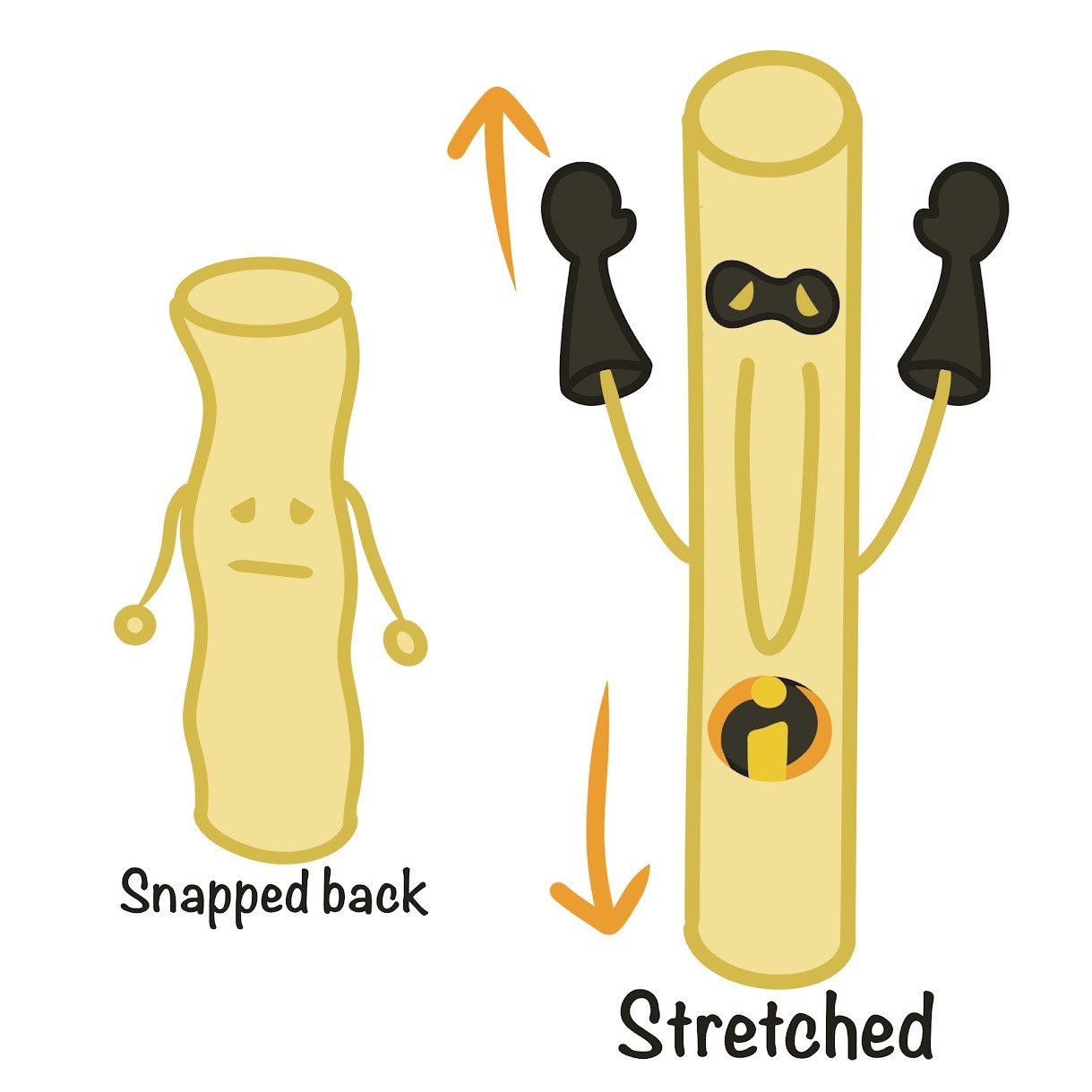
Stretch and snap back to their original position; provides flexibility
-
Fibroblasts
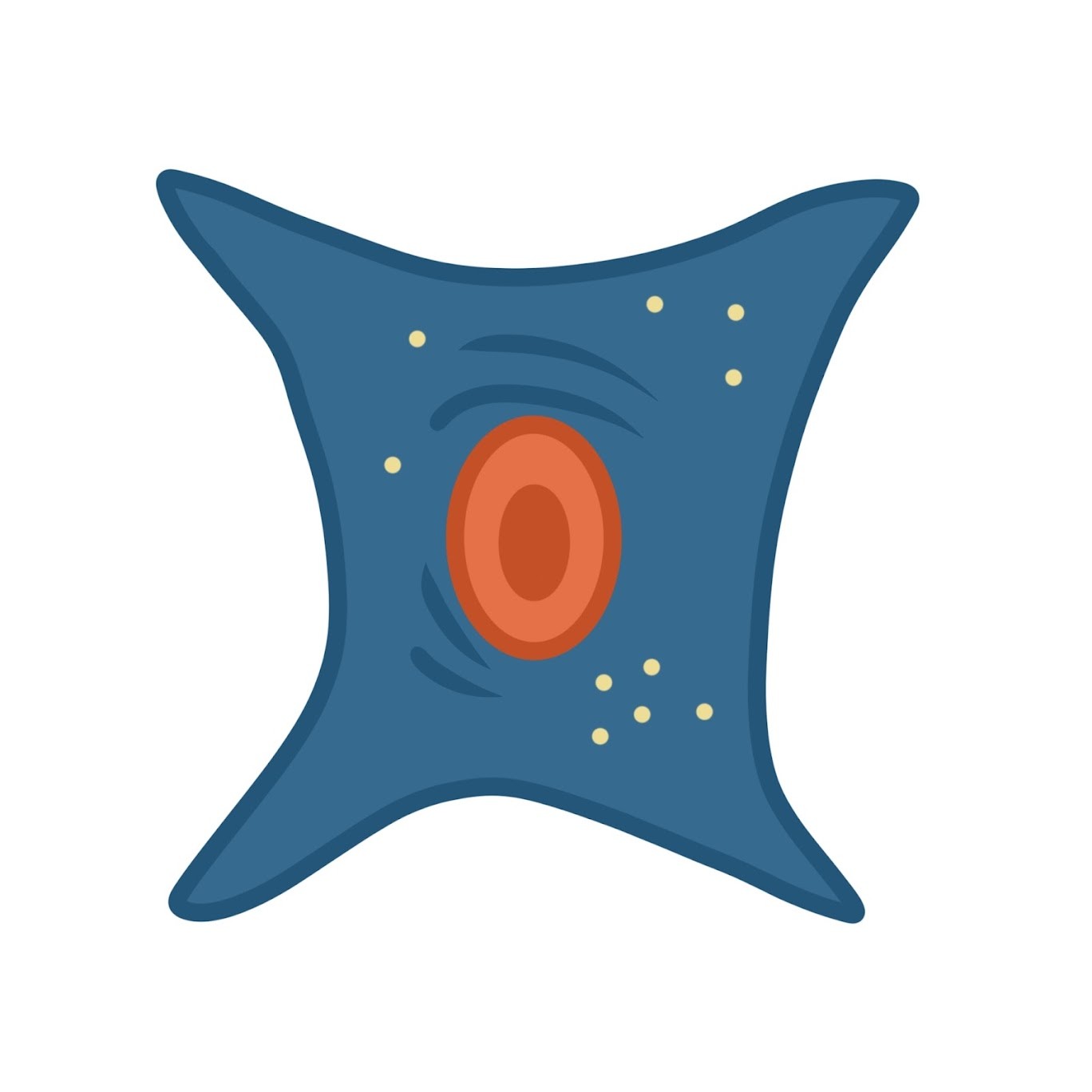
Principal cells of connective tissue that secretes the protein of extracellular fibers
-
Macrophages
Involved in the immune system
-
6 major types of connective tissue in vertebrates
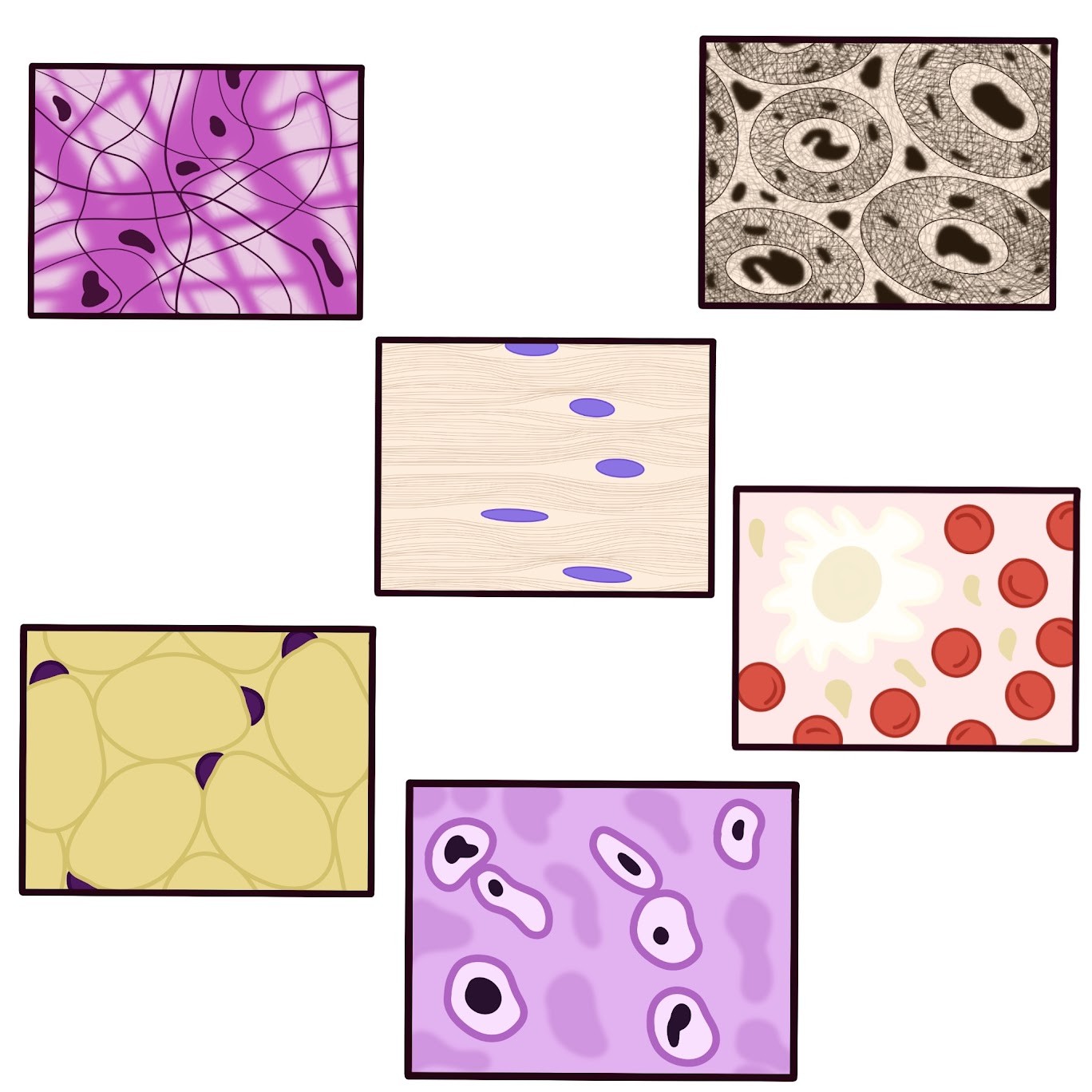
Loose, fibrous, bone, adipose, cartilage, blood
-
Loose connective tissue
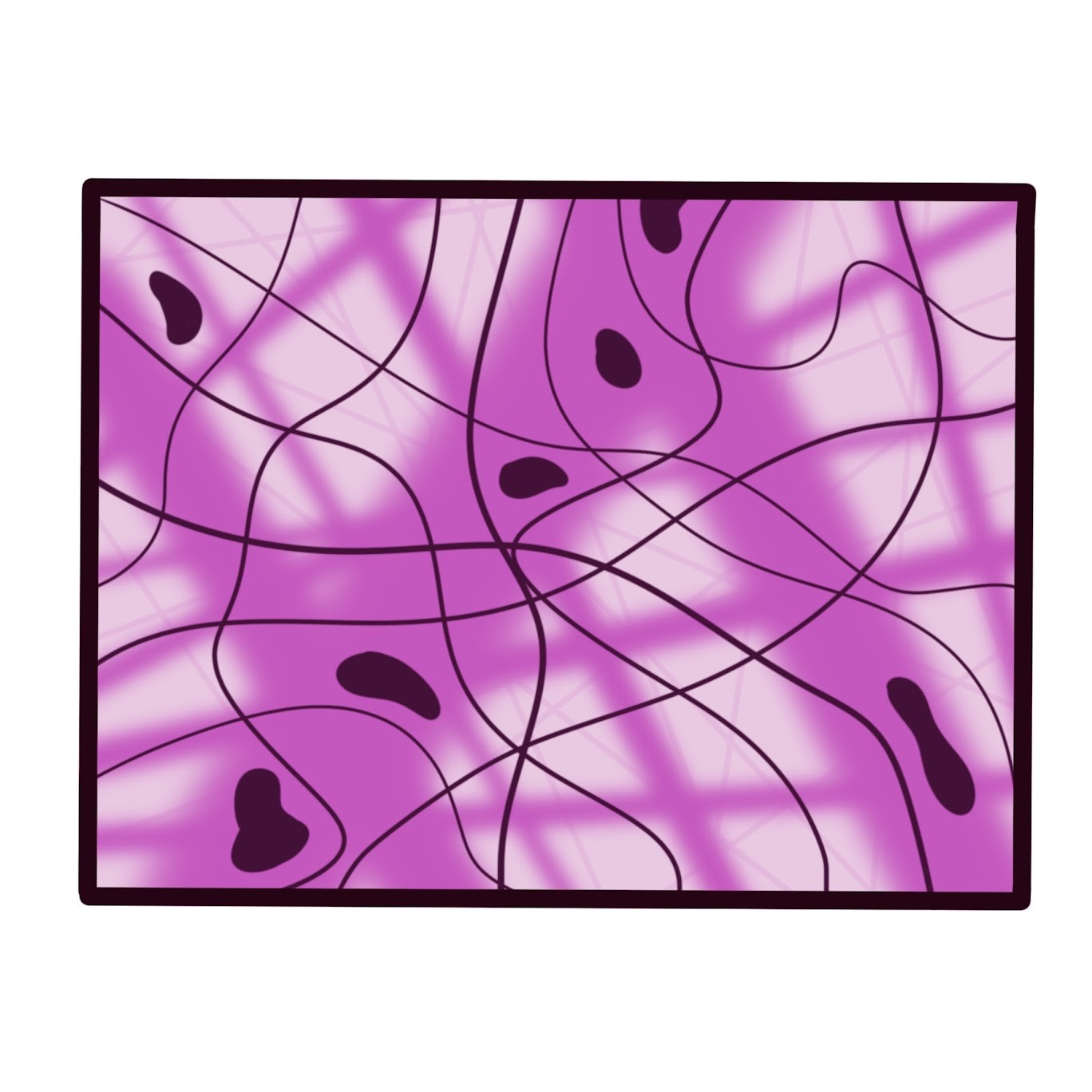
Found around & between most body organs (including blood vessels); most widely abundant connective tissue
-
Loose connective tissue functions
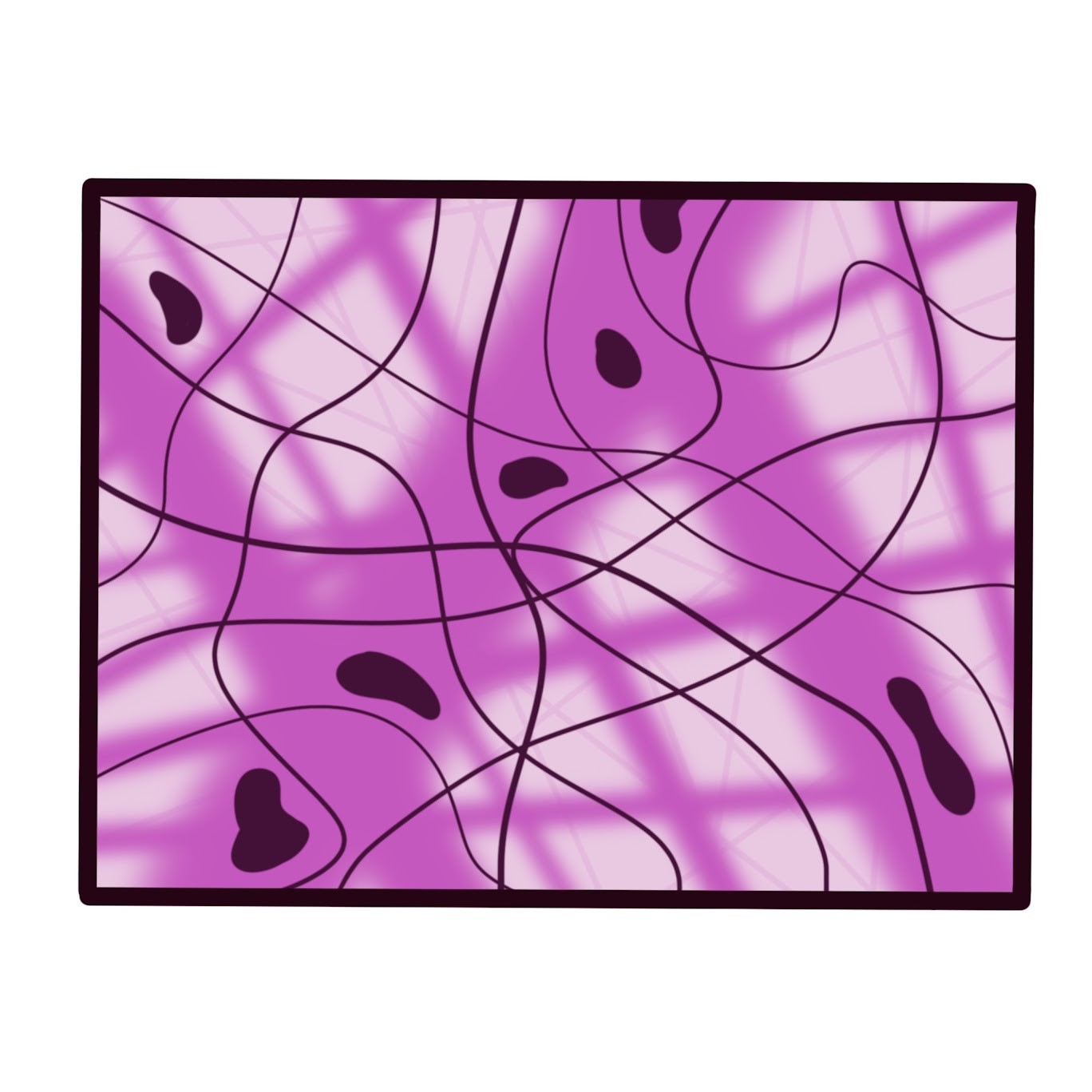
Binds epithelia to underlying tissue and holds organs in place
-
Fibrous connective tissue
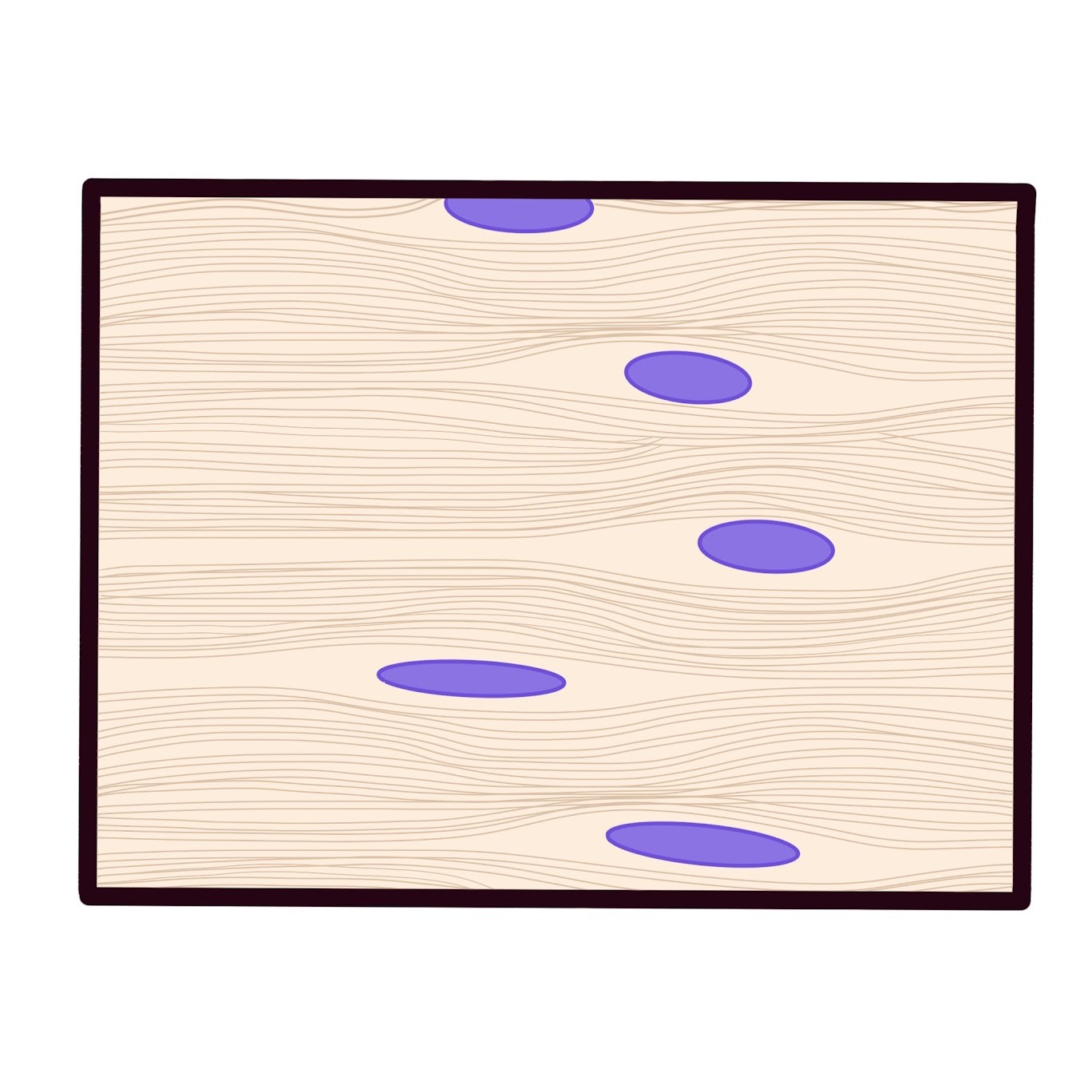
Found in tendons, ligaments, and dermis of the skin
-
Tendons
Connects muscle to bone
-
Ligaments
Connects bones at joints (bone to bone)
-
Bone connective tissue
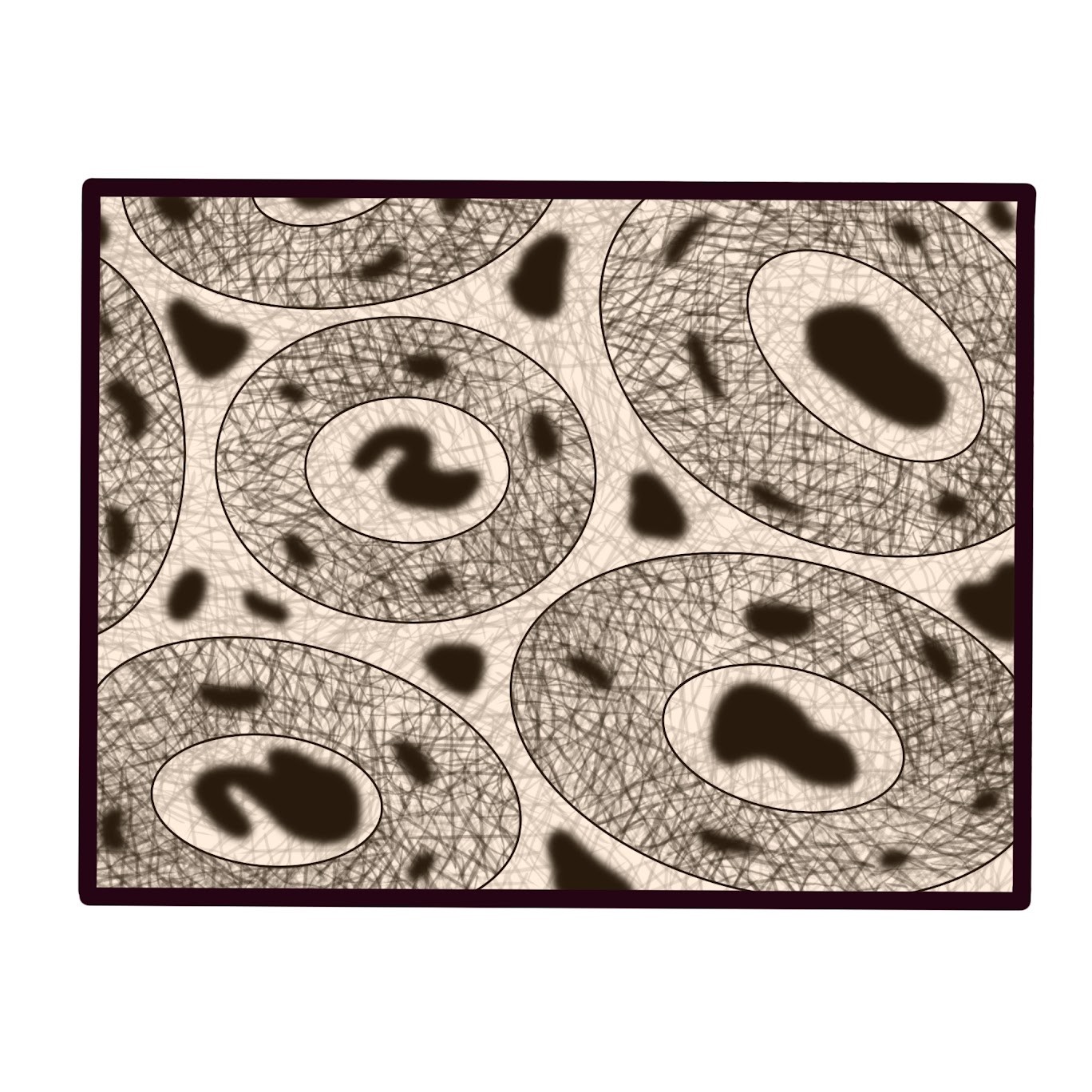
Mineralized (with calcium salts), forms the skeleton
-
Bone connective tissue functions
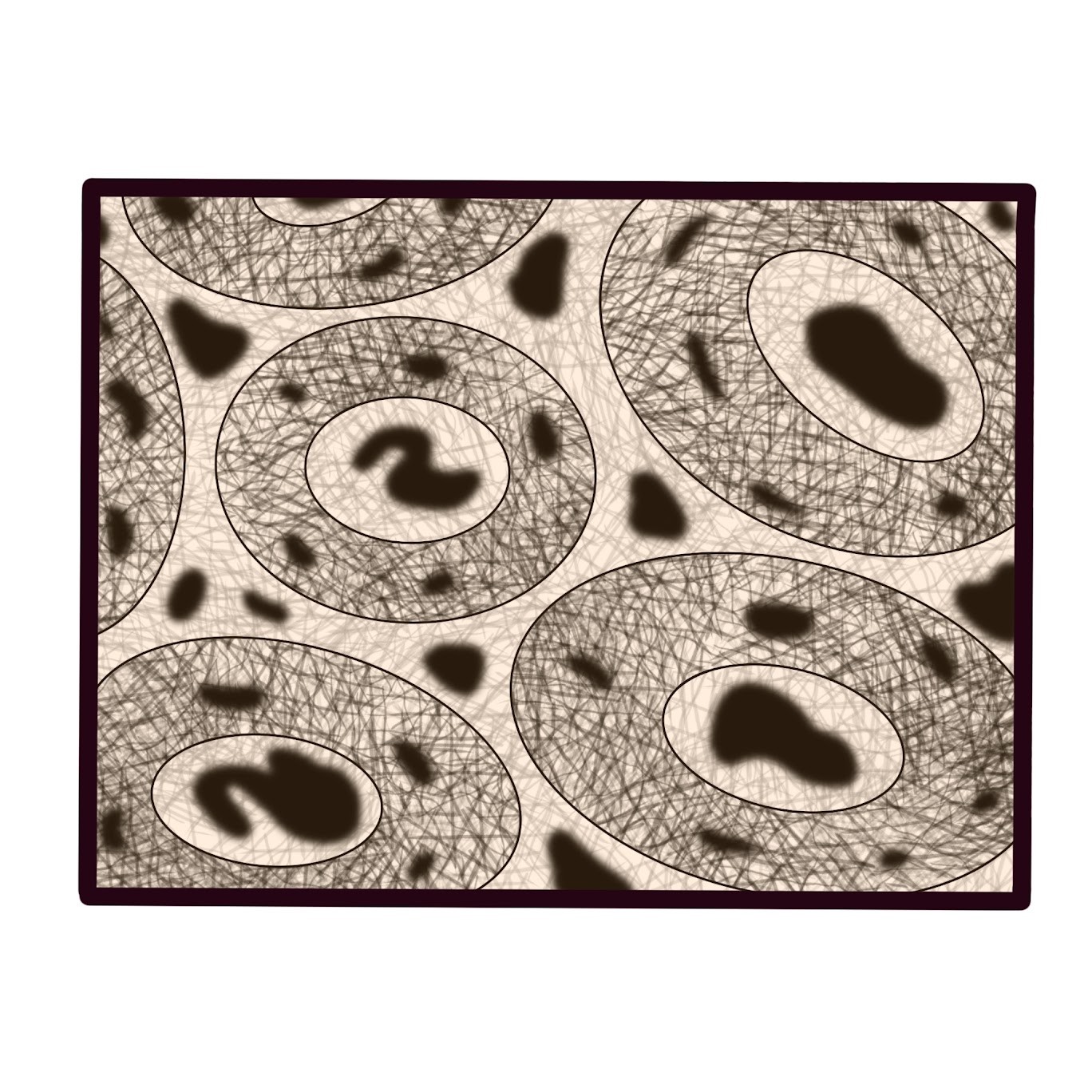
Provides structure and support and points of attachment for tendons
-
What are Adipose connective tissues comprised of?

Adipoctyes
-
Adipose connective tissue functions
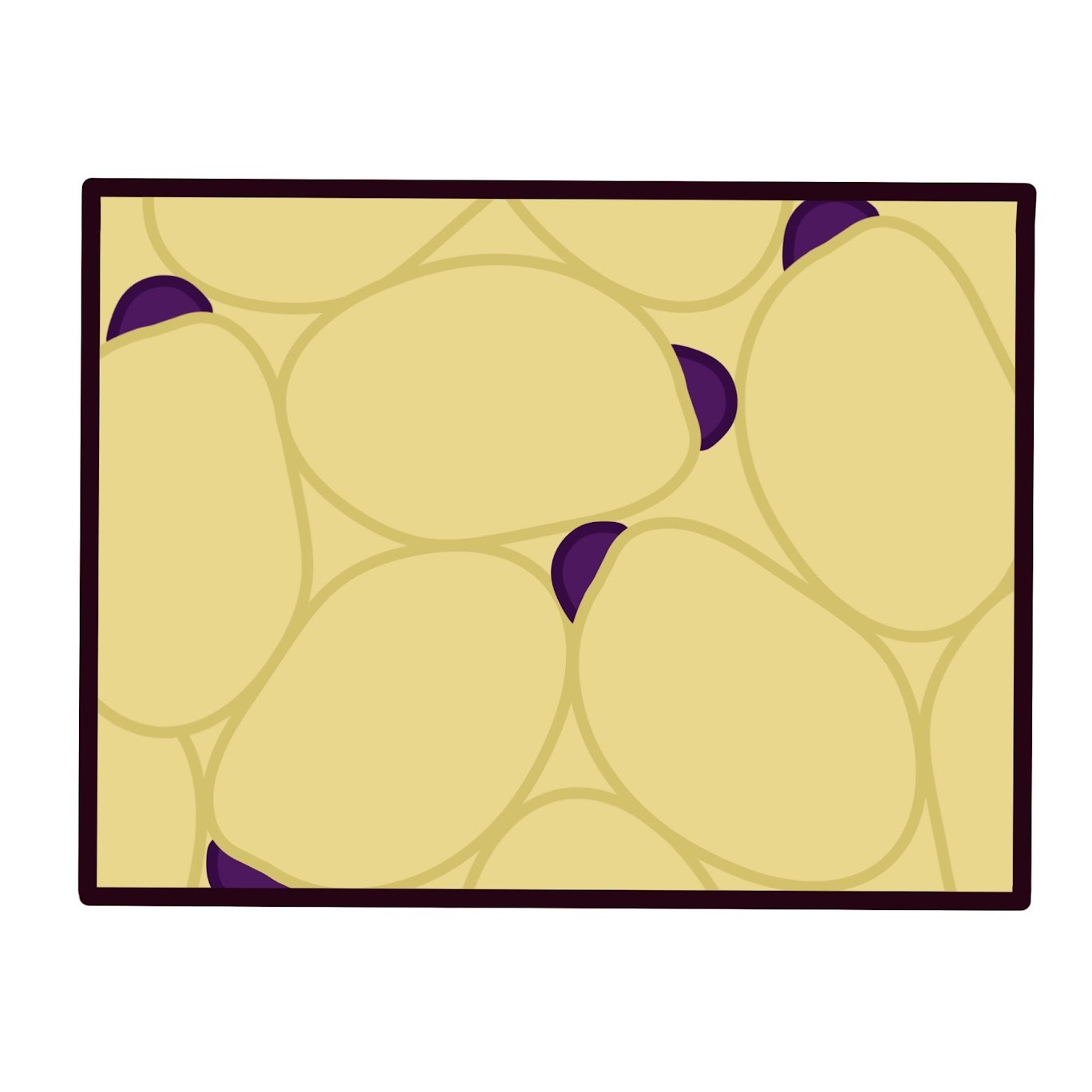
Stores fat for insulation and fuel
-
Cartilage Connective Tissue Functions
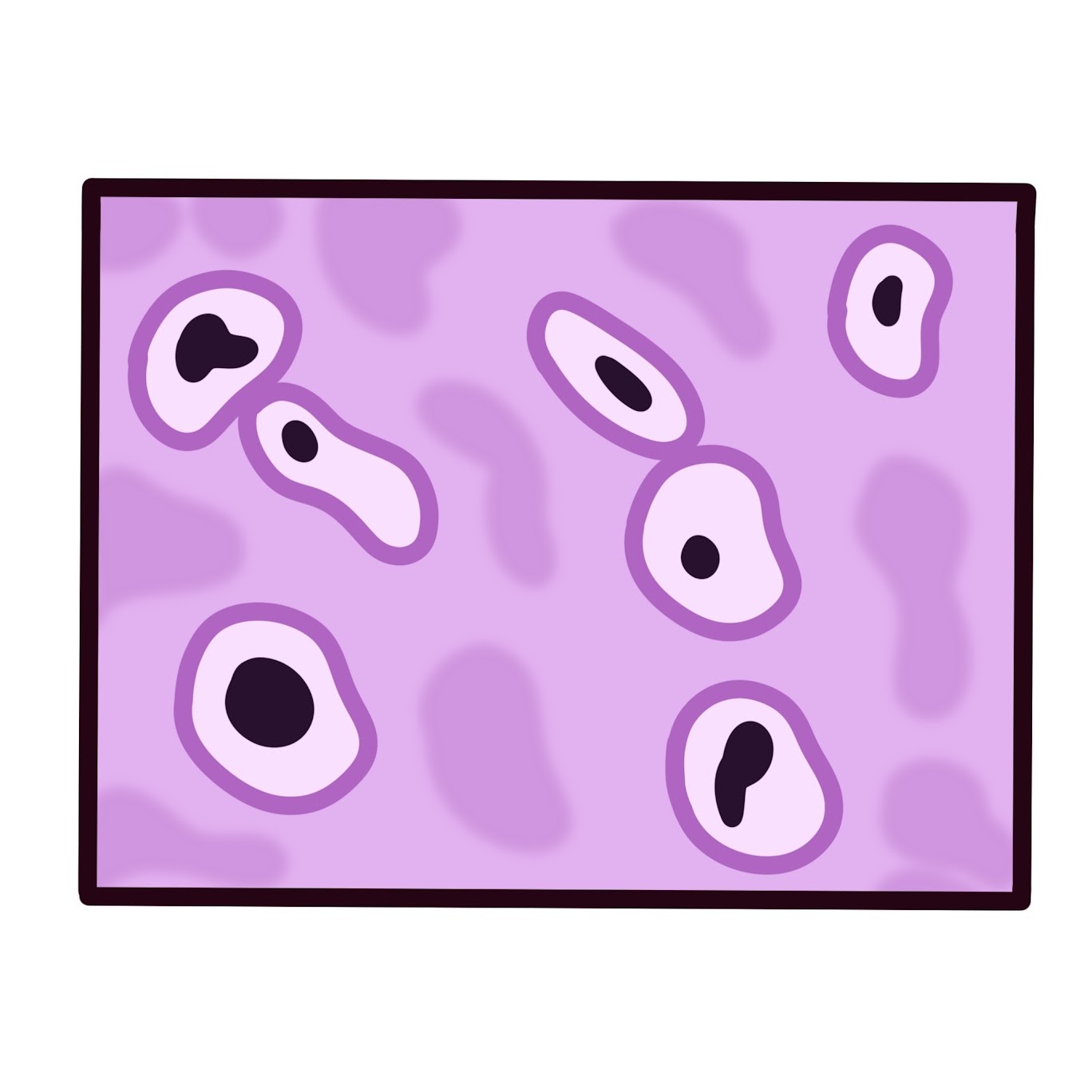
Strong and flexible support material; acts as a skeleton to sharks and prenatal humans; reduces friction and provides a cushion between bones; adds flexibility to some structures (like ears)
-
Blood connective tissue is composed of:
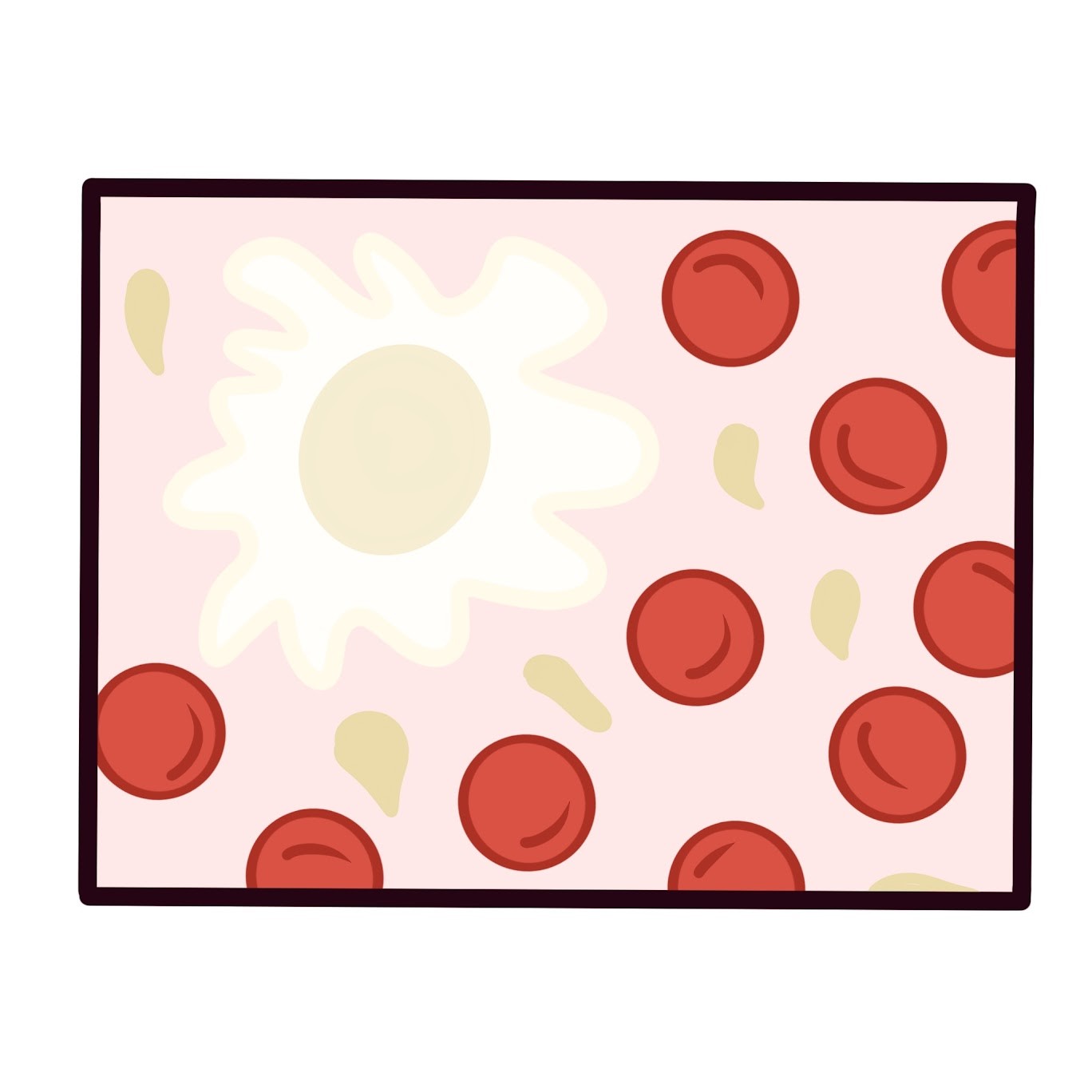
-Fluid ECM (plasma, no fibers)
-Red blood cells
-White blood cells
-Cell Fragments
-
Blood connective tissue functions
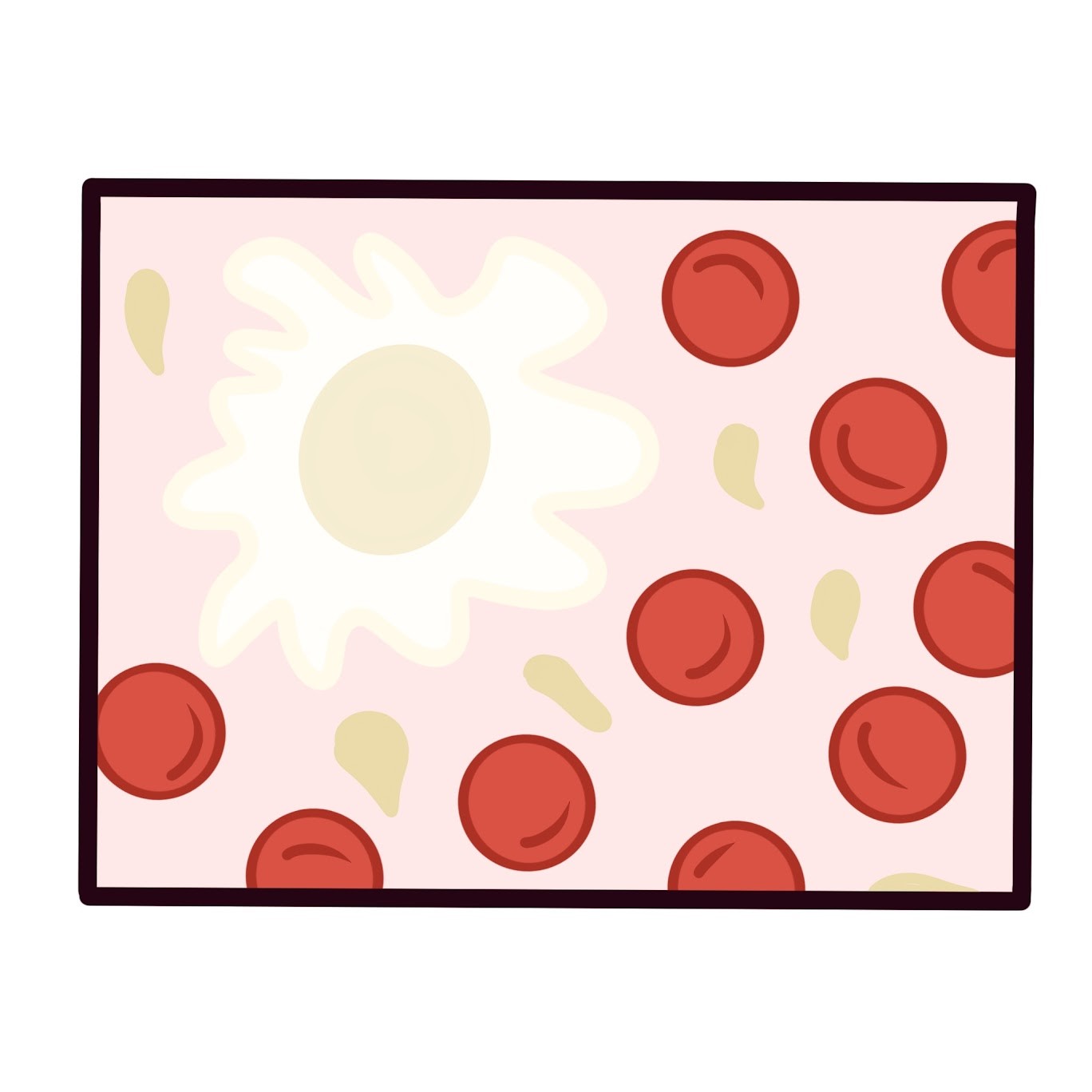
-Red blood cells carries O2
-White blood cells= immune defense
-Cell Fragments= aids with clotting
-
What protein filaments do muscle tissues contain?
Actin & Myosin
-
Muscle Tissue Functions
Movement of limbs & materials in the body (heart, vasoconstriction/vasodilation, digestive track)
-
3 Types of Muscle Tissues
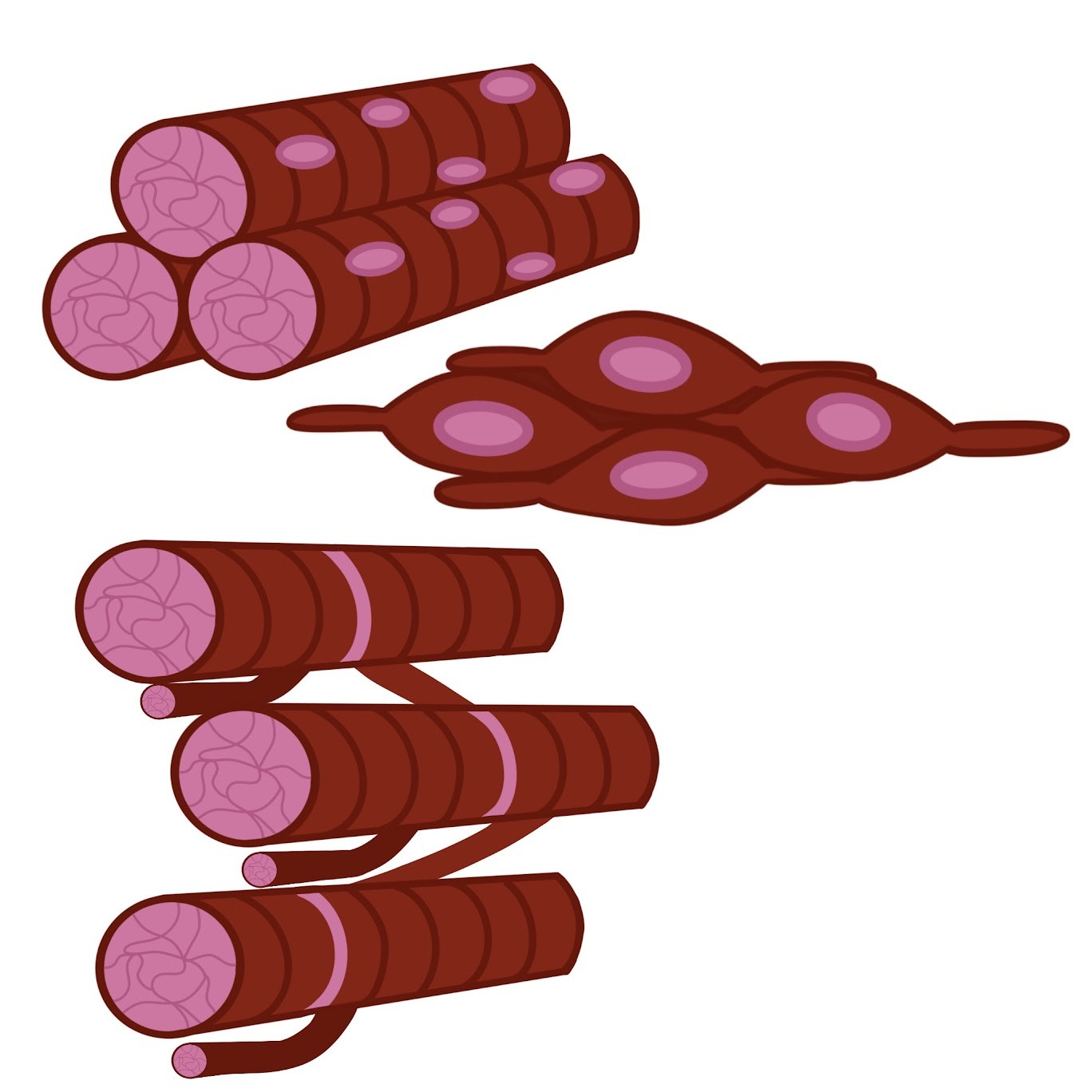
Skeletal, Smooth, Cardiac
-
Skeletal Muscle Tissue
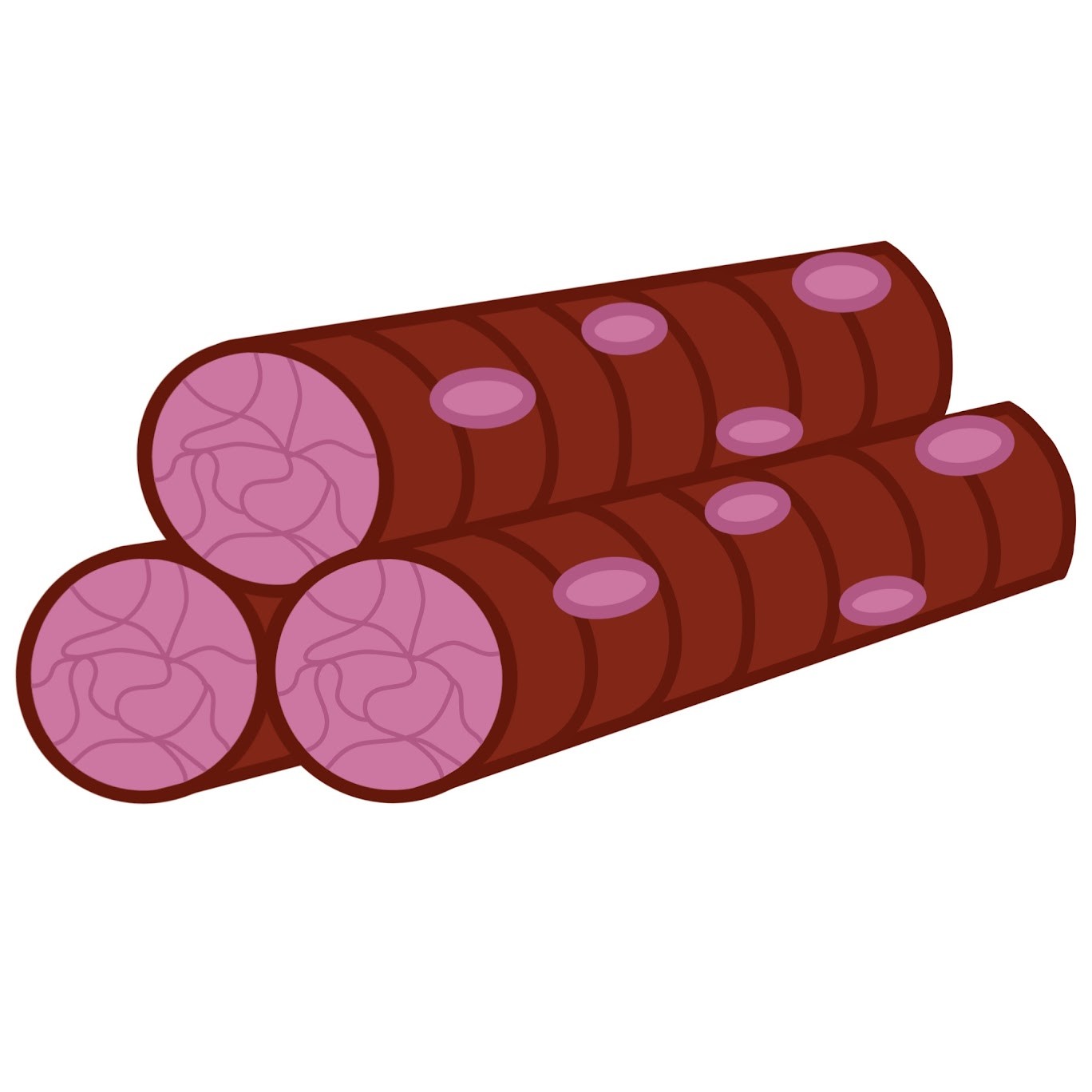
Made up of long multinucleated cells (nuclei at the periphery), bundled into fibers; attached to the skeleton
-
Skeletal Muscle Tissue Functions
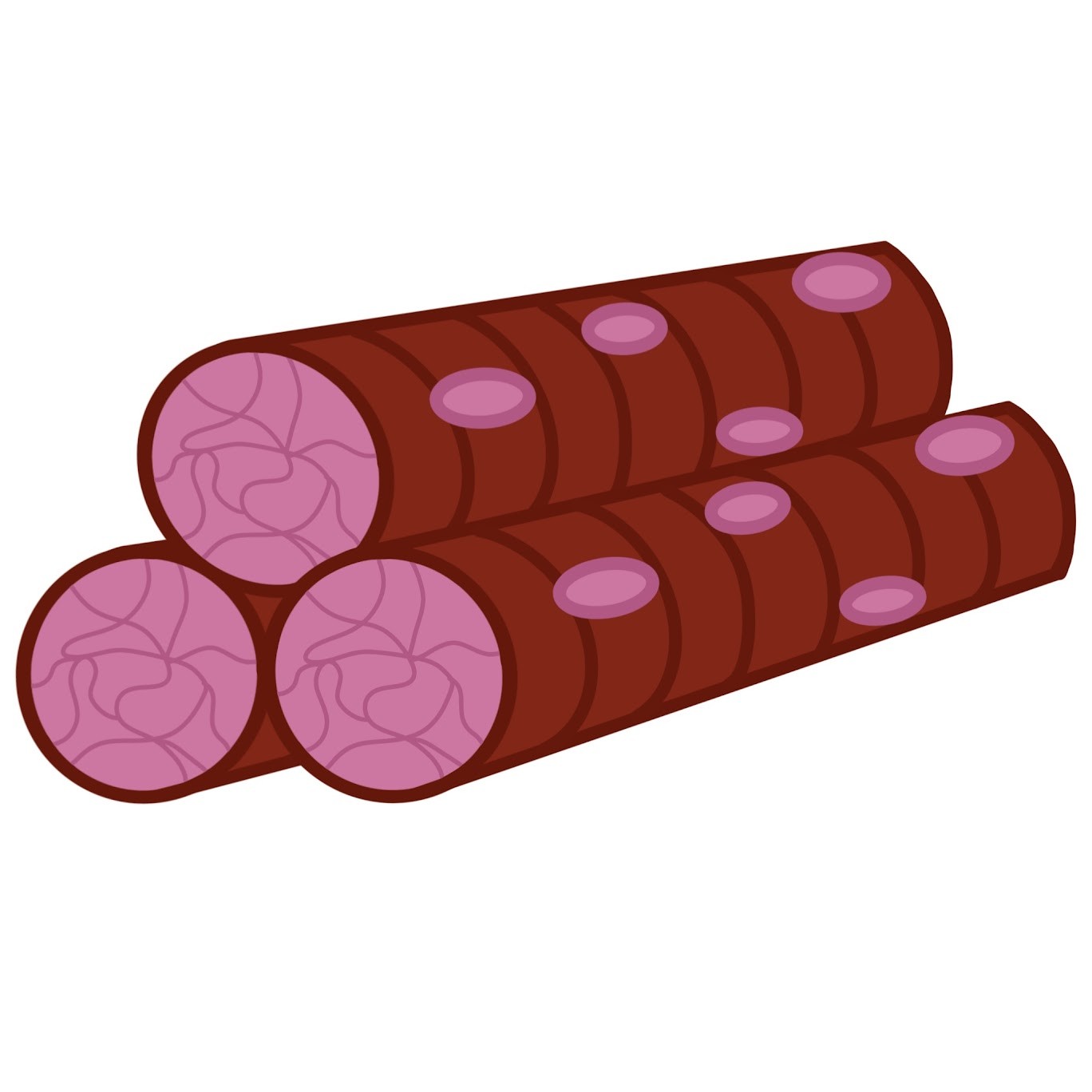
Used for voluntary movement
-
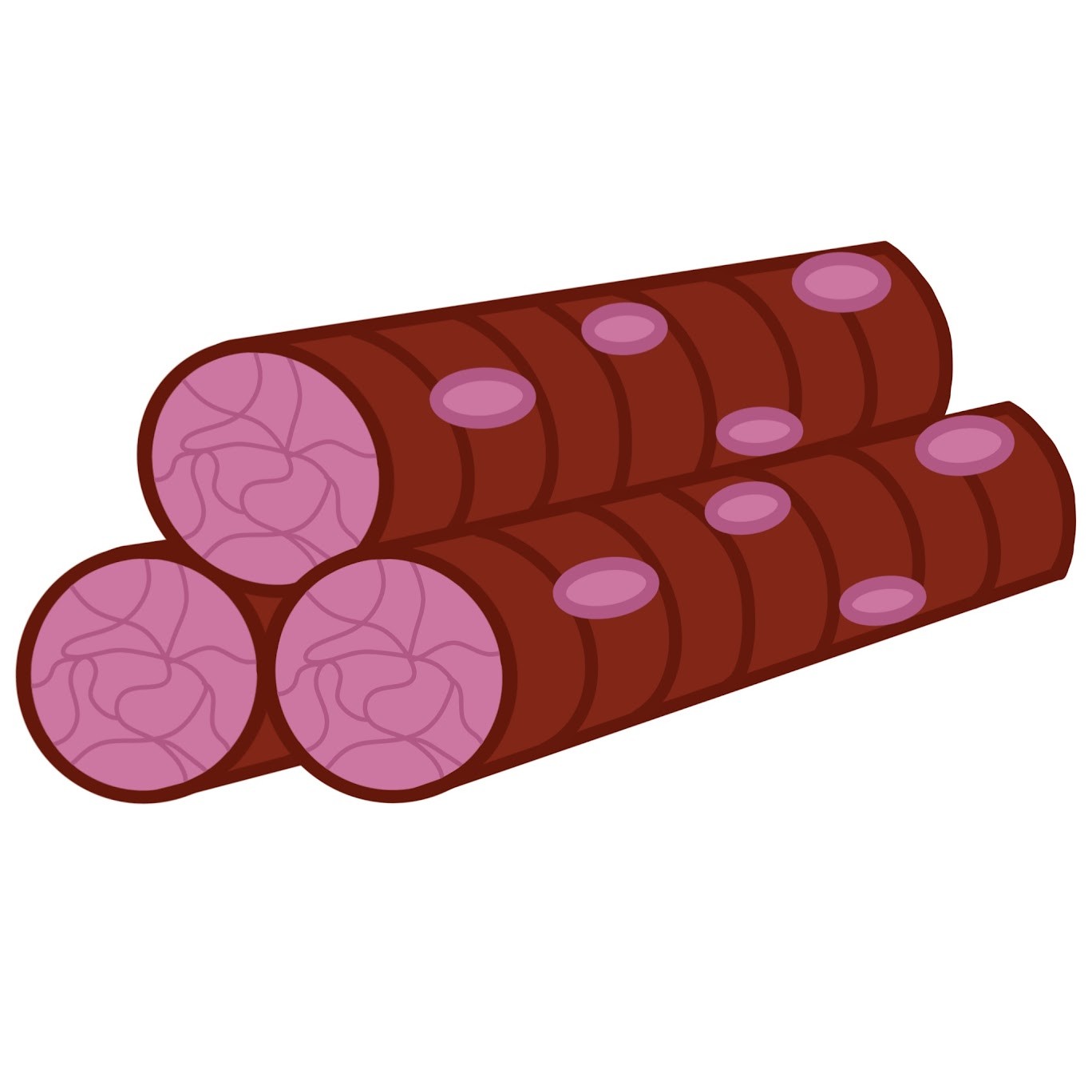
What causes a striated appearance?
Contractile units (sarcomeres)
-
Smooth Muscle Tissue
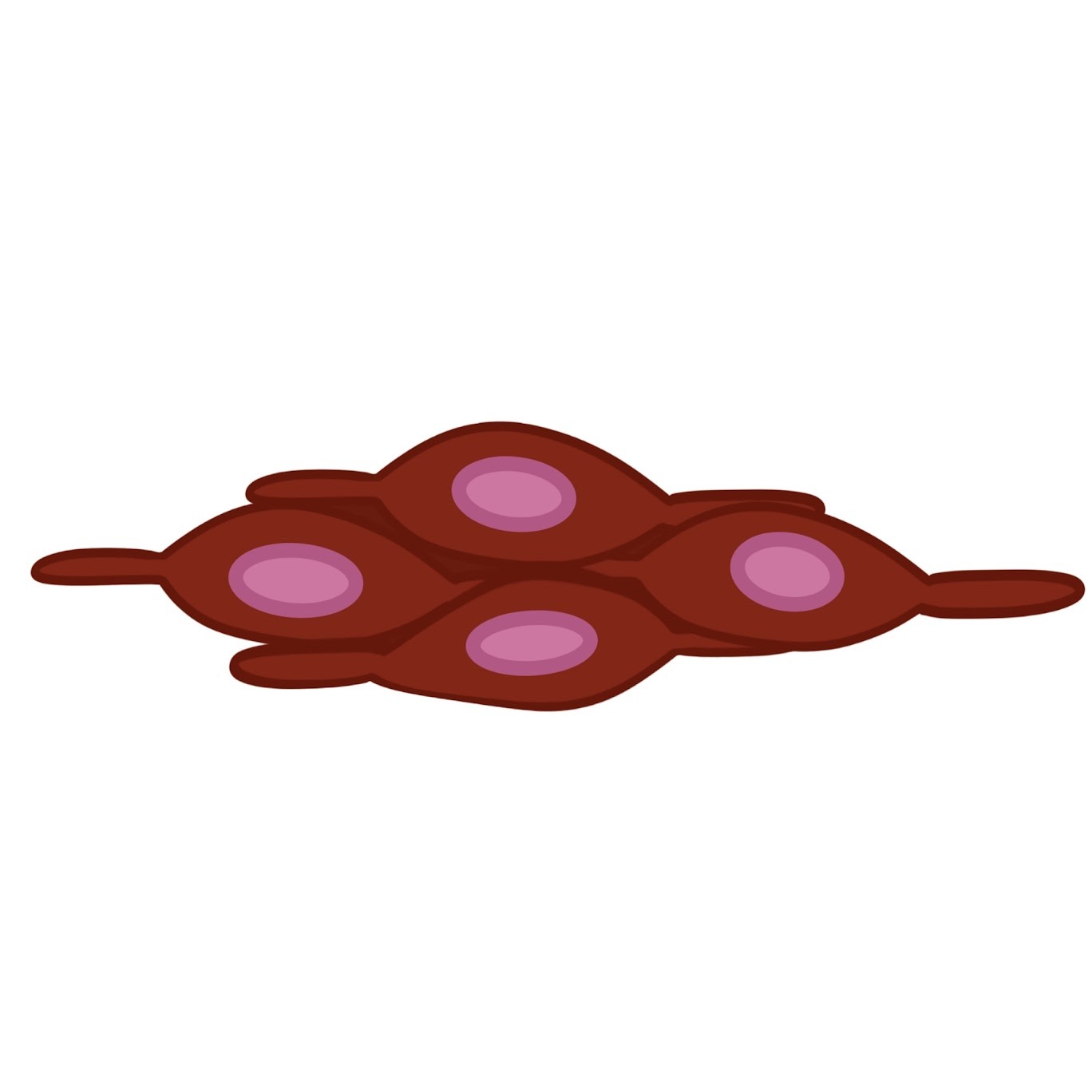
Made of small single nucleated cells that lack striations; commonly associated with internal/visceral organs throughout the body (digestive track, vessels, etc.)
-
Smooth Muscle Tissue Functions
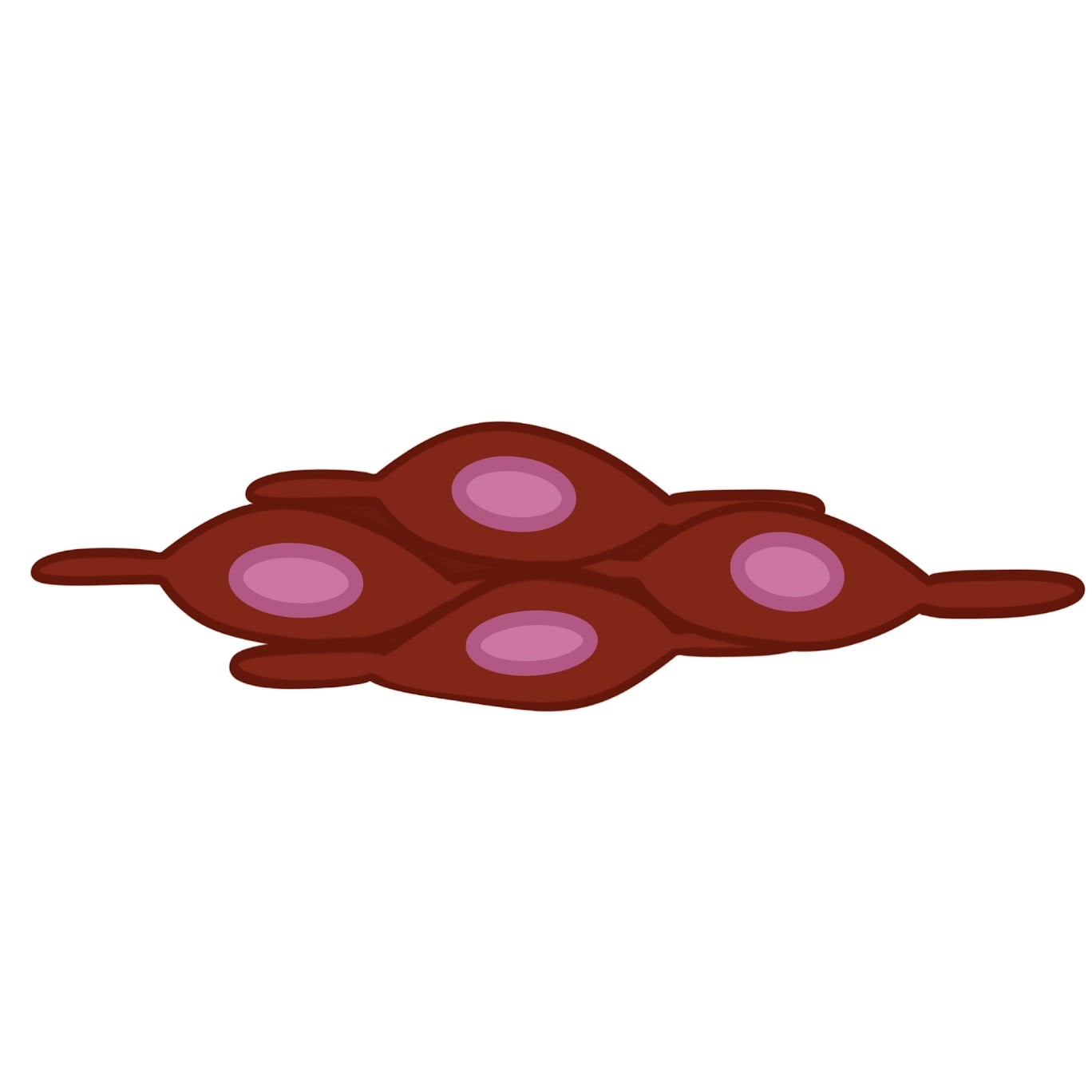
Responsible for involuntary body activities
-
Cardiac Muscle Tissue
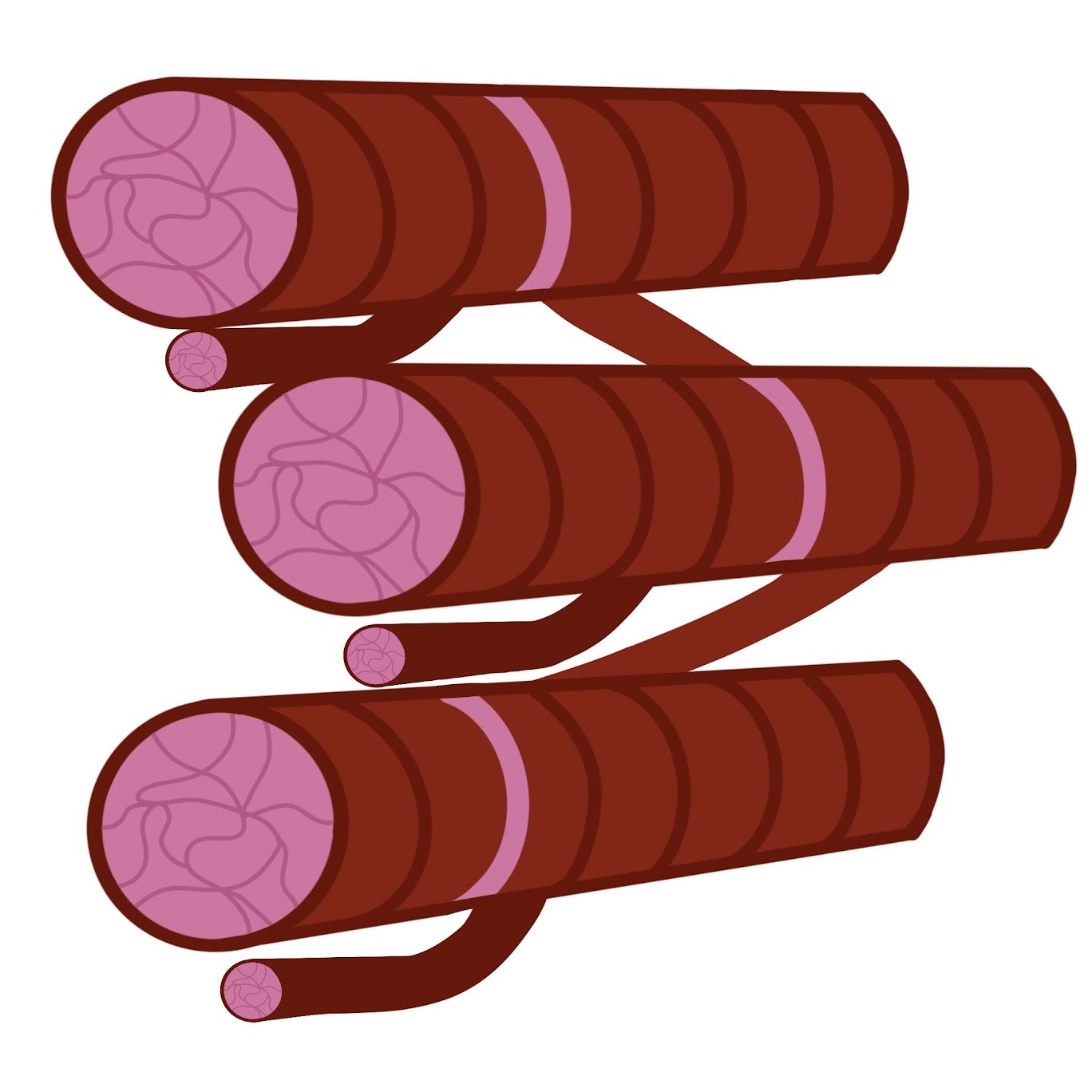
Has branched fibers that connect via intercalated disks; forms contractile wall of heart; spontaneously active (under involuntary control); has striations and single nuclei in the center
-
Intercalated Disks
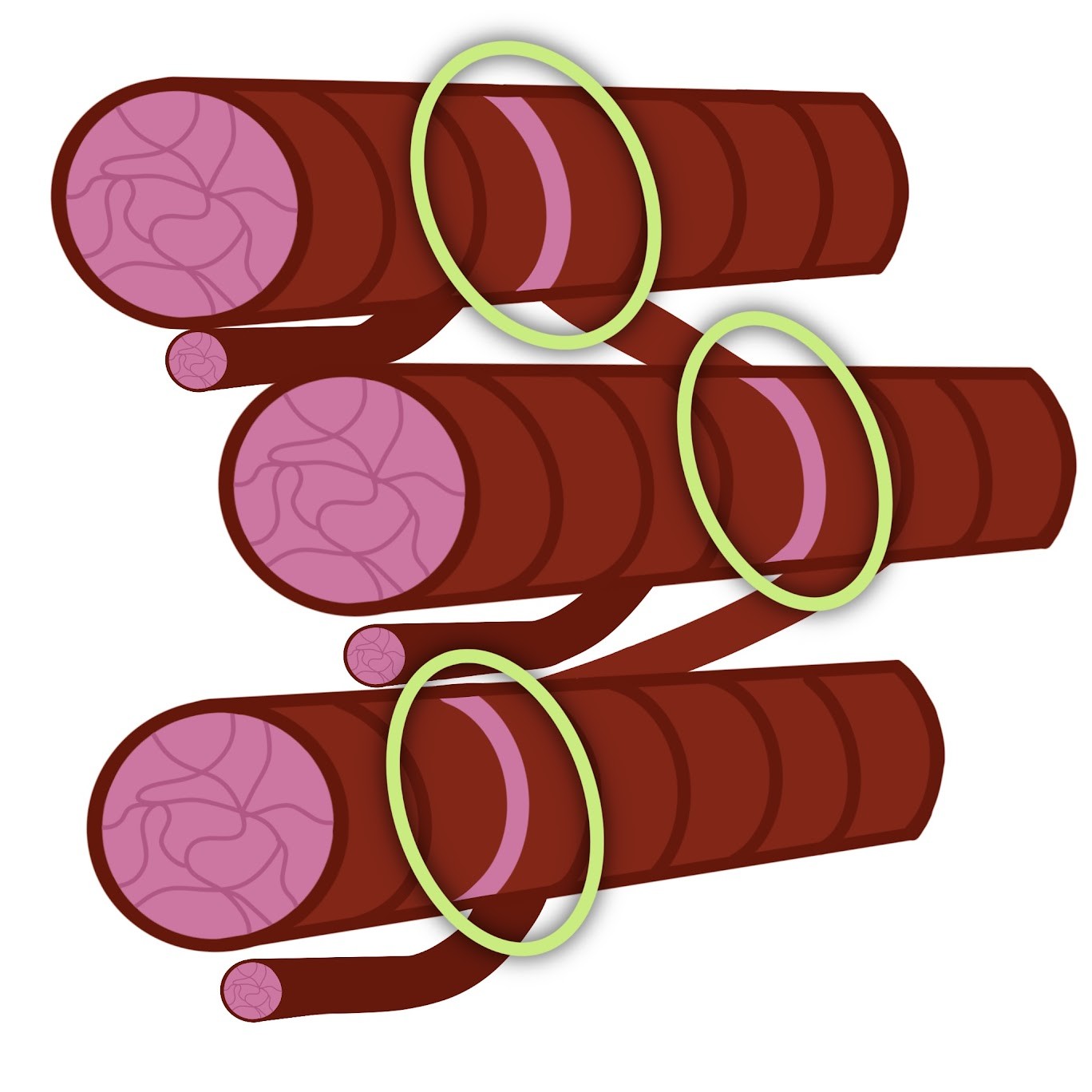
Relays signals between neighboring cells and help synchronize contractions
-
Nervous Tissue Functions
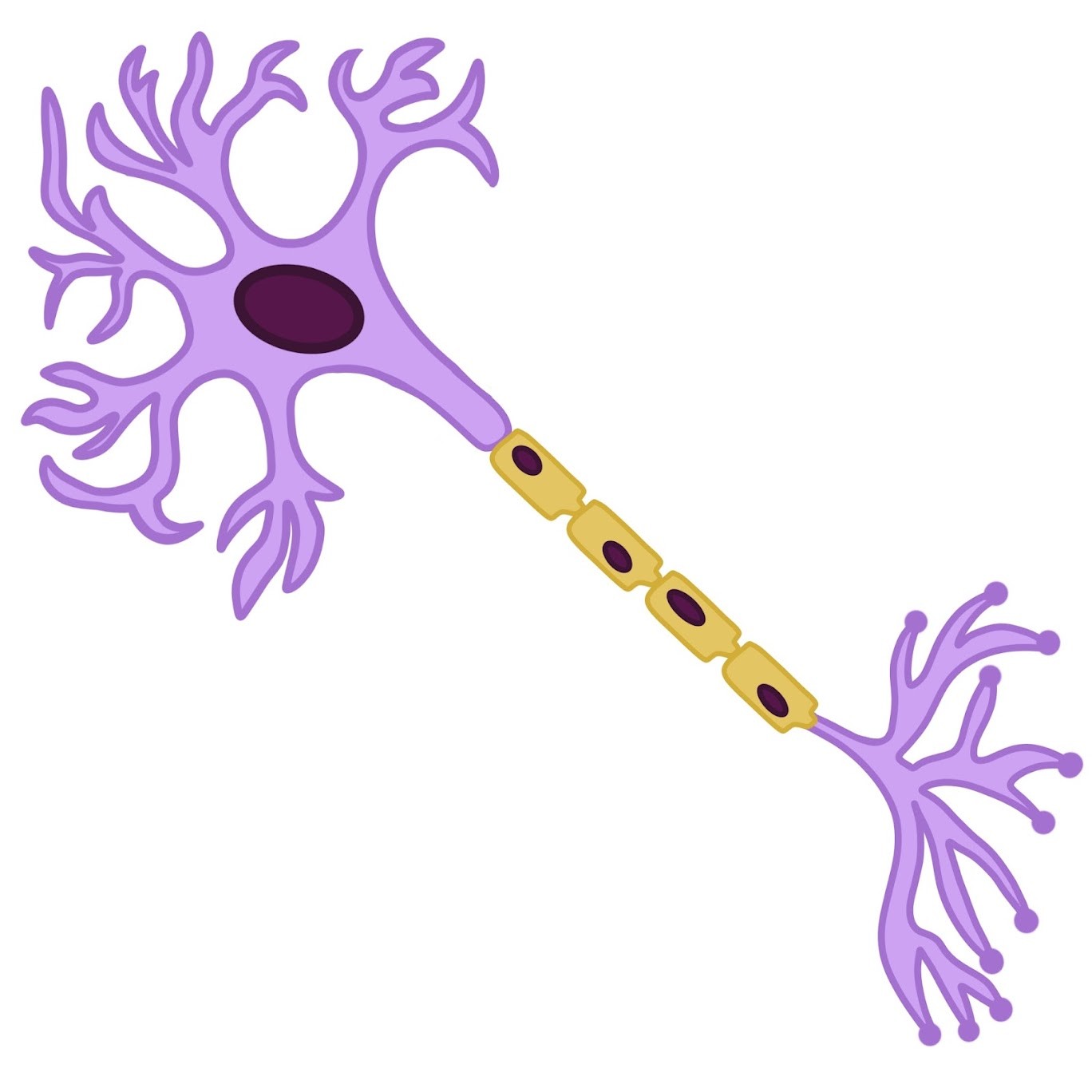
Receives, processes, and transmits information
-
Nervous tissue contains
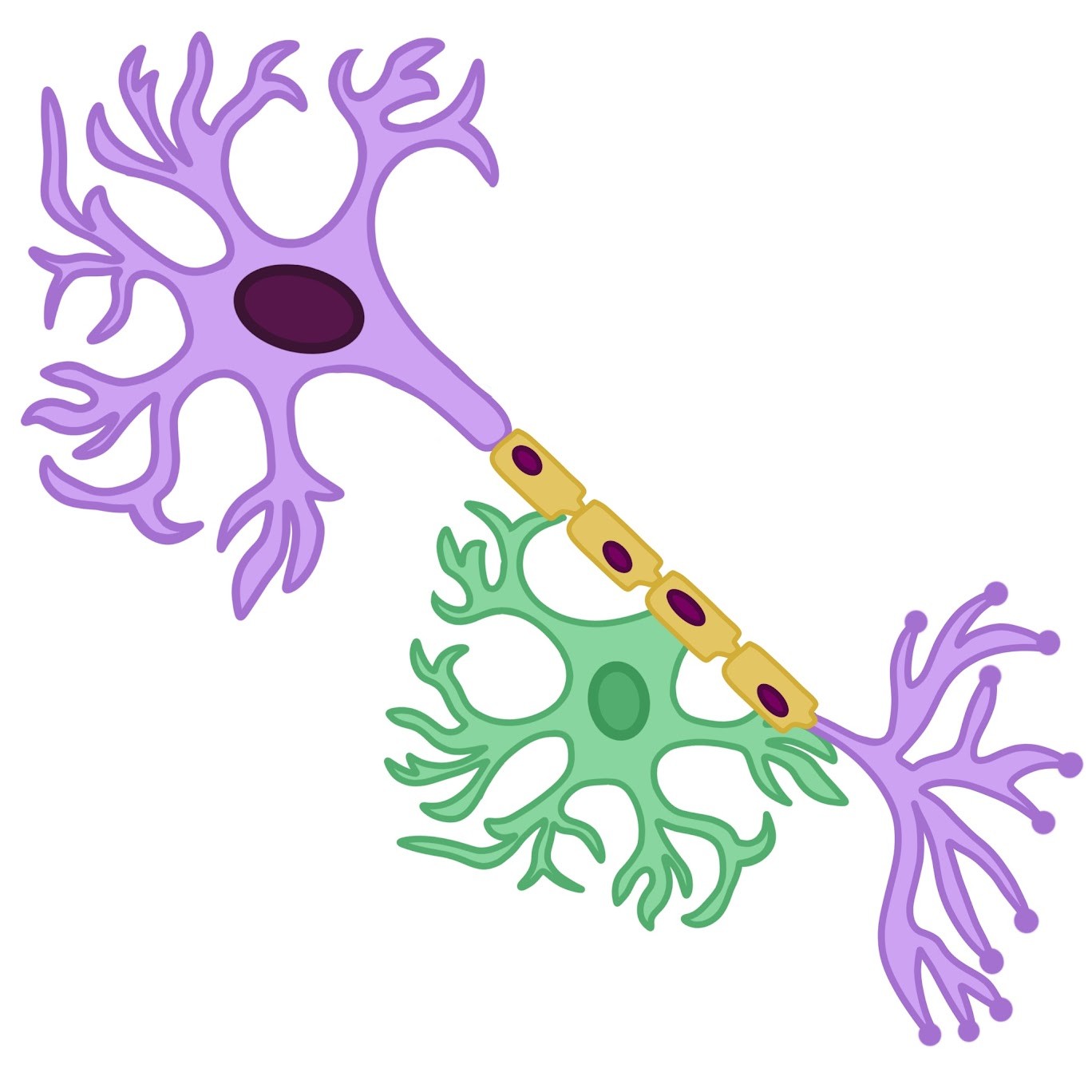
Neurons & Glial Cells
-
Neurons (Nerve Cells)
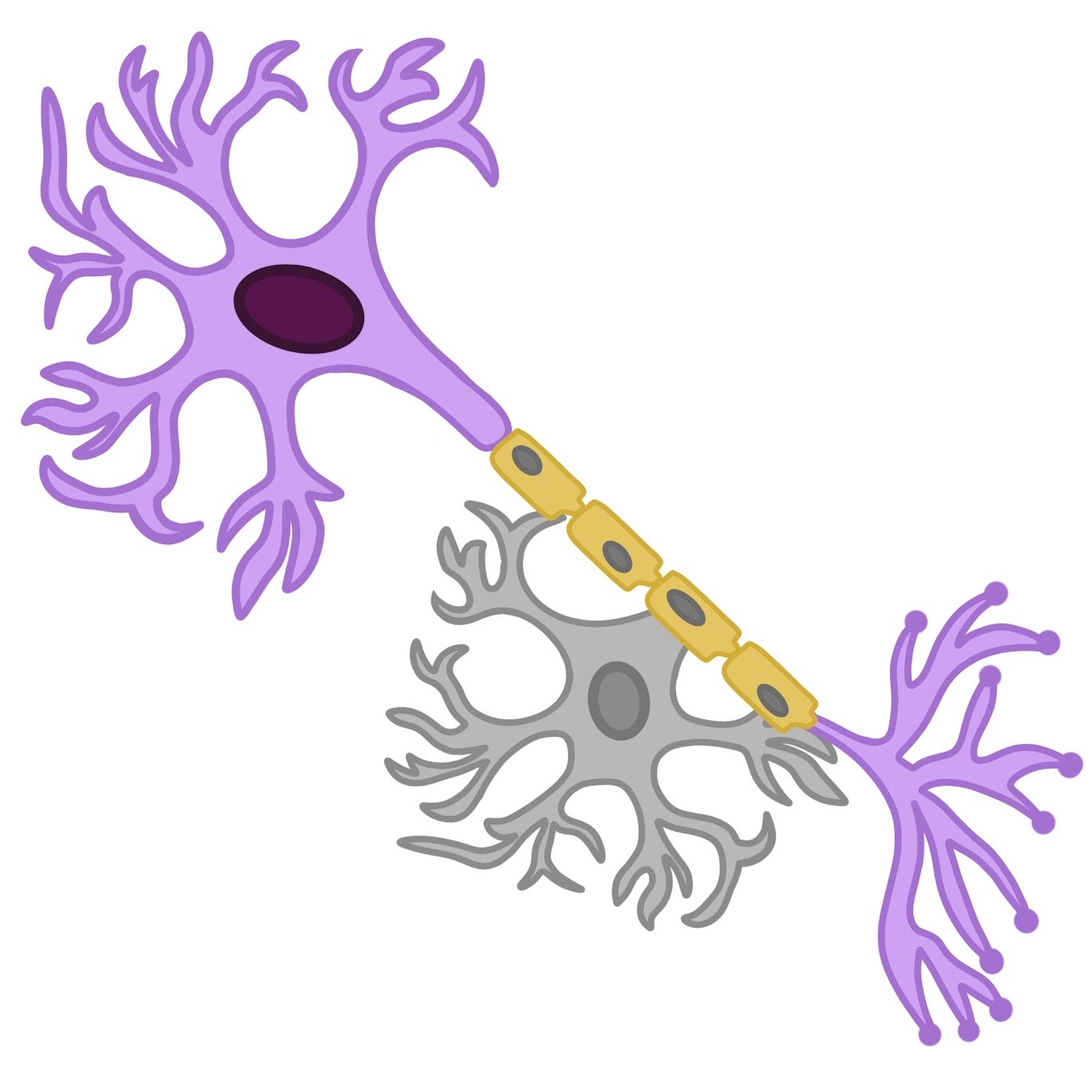
Transmits nerve impulses
-
Glial Cells (Glia)
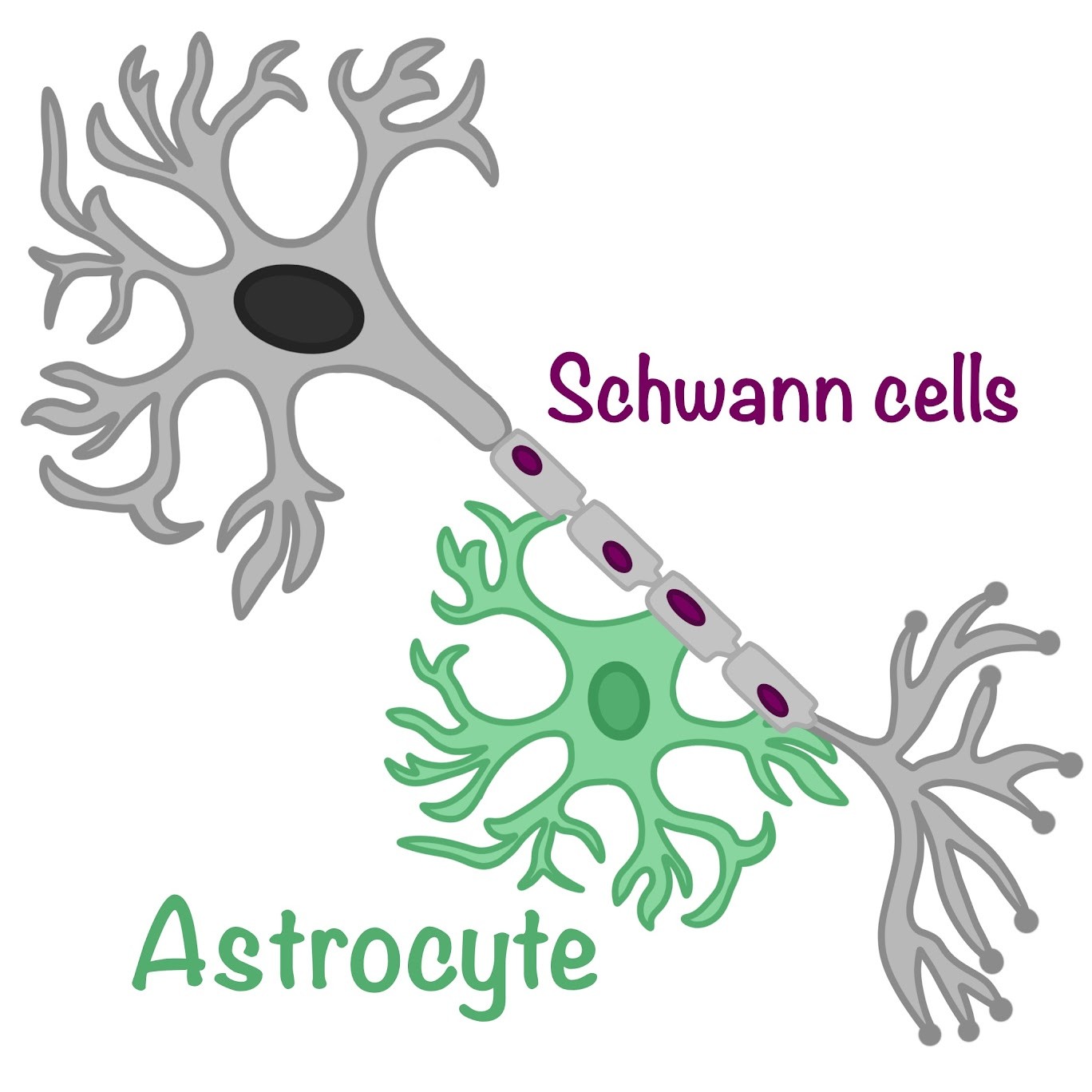
Helps nourish, insulate, and replenish neurons
-
How do animals manage their internal environment?
By regulating or conforming to the external environment
-
Examples of challenging factors
Temperature, water availability, gas availability/composition, salinity, pH
-
Regulator

Moderates internal change in the face of external, environmental factors
-
Conformer
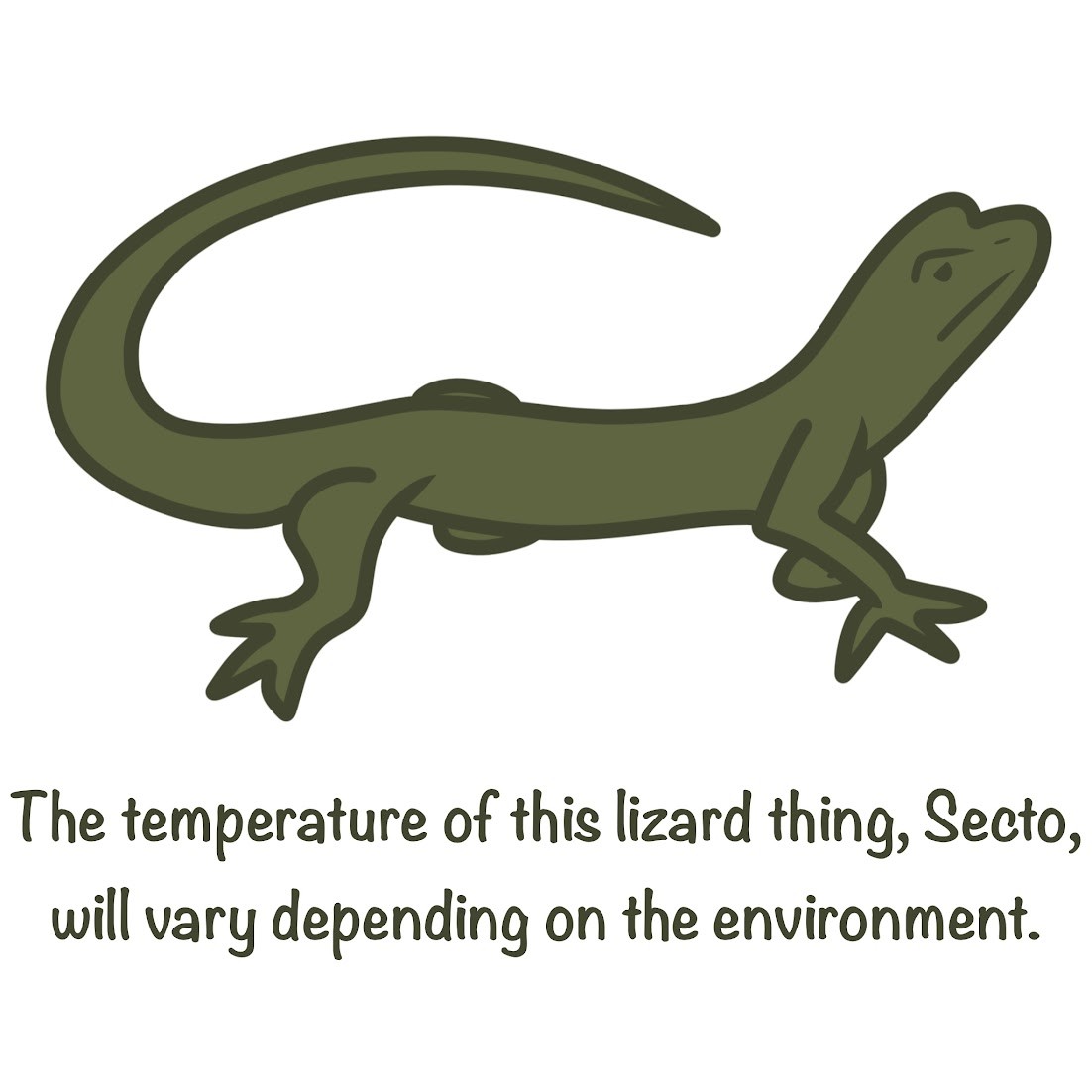
Allows its internal condition to vary with certain external changes
-
Homeostasis
Maintenance of equilibrium around a point or value called a set point, regardless of the external environment
-
Examples of homeostasis parameteres
Body temperature, blood pH, glucose concentration
-
Control of Homeostasis
Fluctuations above or below a set point serve as a stimulus, detected by a sensor that triggers a response that returns the variable to the set point.
-
Set point of a thermostat
Room temperature at 20℃
-
Stimulus of a thermostat
Room temperature increases/decreases
-
Response of a thermostat
Thermostat turns the heater on/off, causing the temperature to go back to 20℃.
-
Negative Feedback
Buildup of the end product shuts the system off and helps to return variable to a normal range
-
Negative Feedback examples
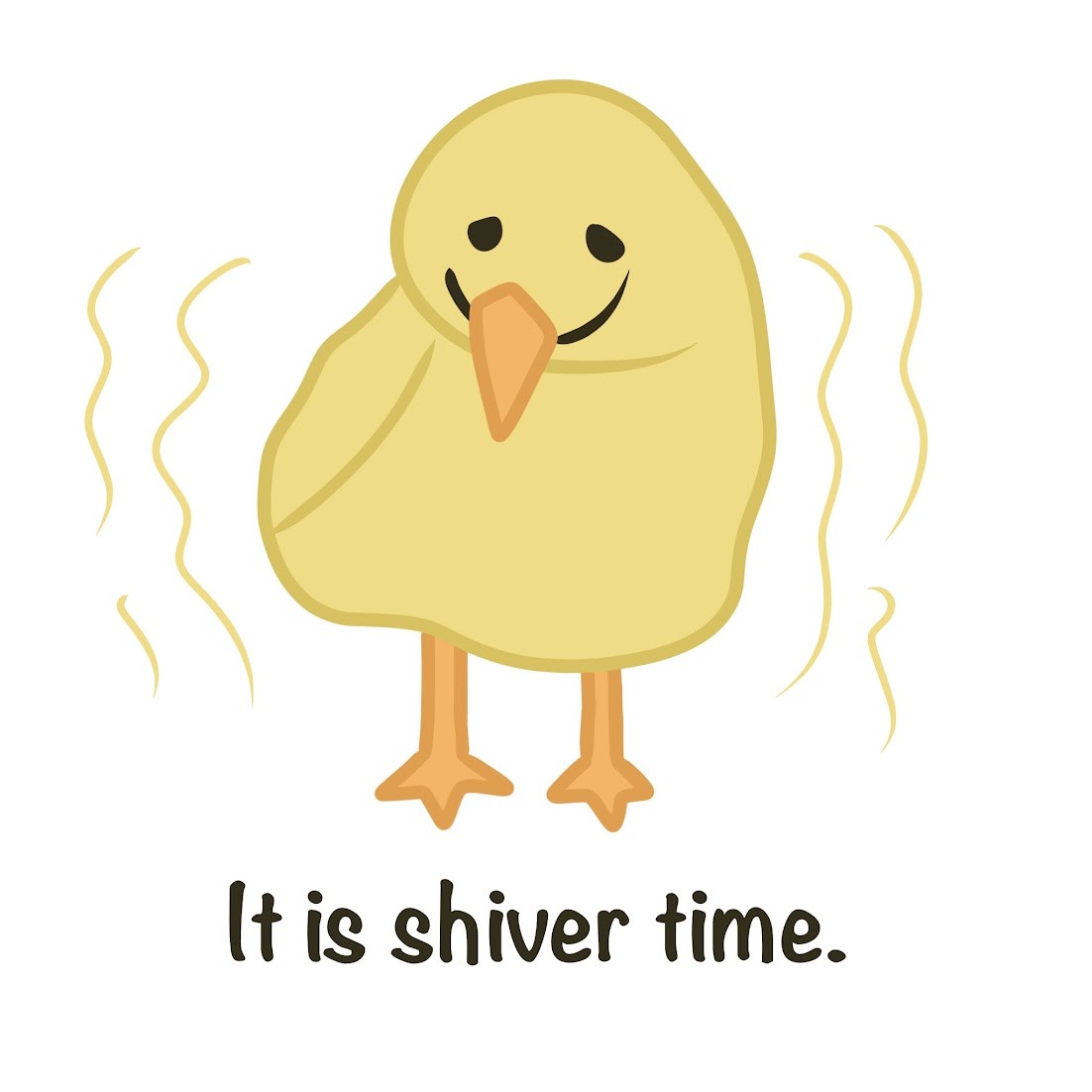
Glucose regulation, sweating/shivering to regulate body temperature
-
Positive Feedback
Amplifies a stimulus and does not usually contribute to homeostasis in animals
-
Positive Feedback examples
Childbirth
-
Circadian Rhythm

Governs physiological changes that occur roughly every 24 hours
-
Acclimatization

Short-term (within single life span) physiological responses to changes in the natural environment
-
Acclimation
Short-term (within single life span) physiological responses to changes (experimental changes) in a laboratory setting
-
Adaptation
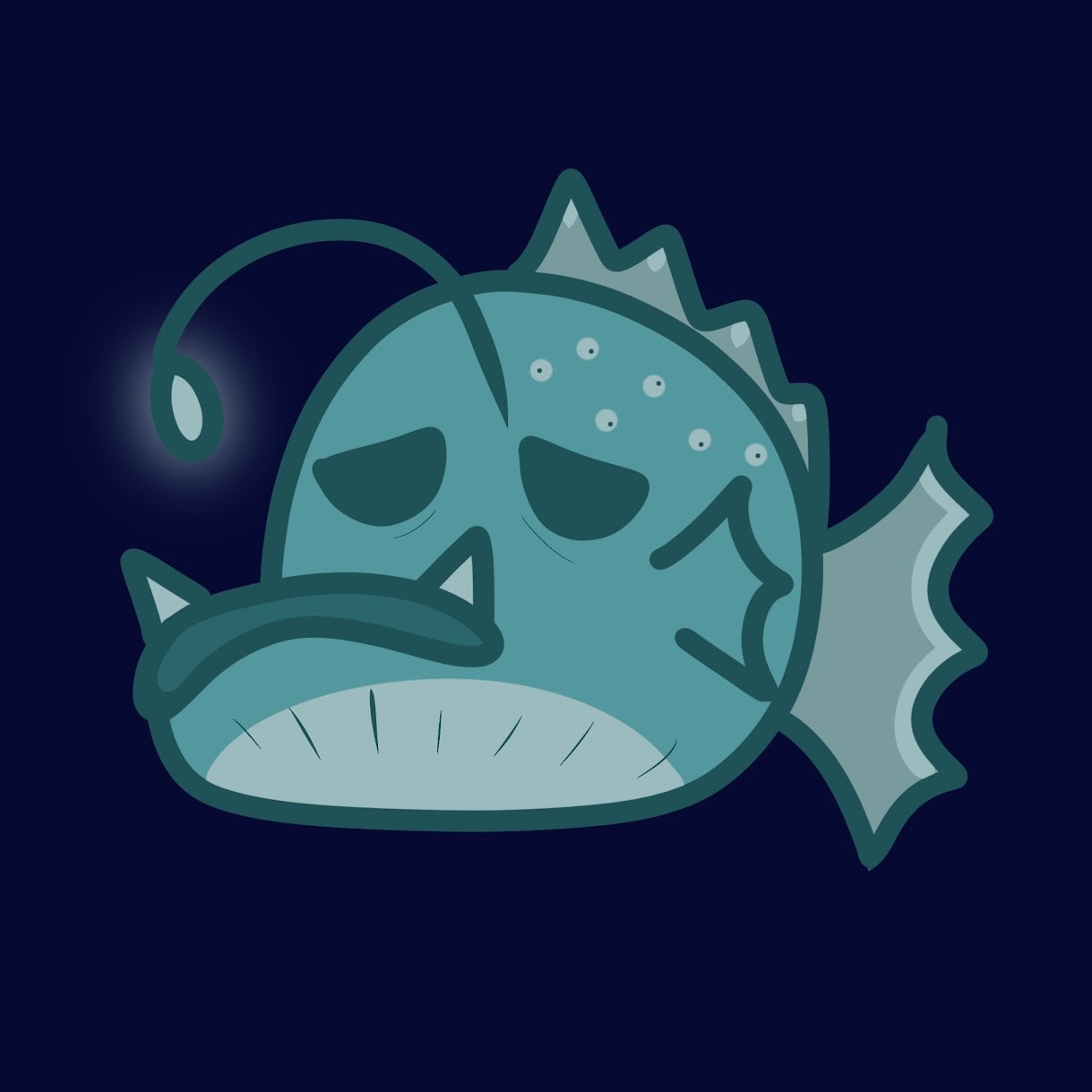
Process by which natural selection adjusts frequency of genes in a population that code for traits affecting fitness over many generations.
-
Thermoregulation
Process by which animals maintain an internal temperature within a normal range
-
Endothermy
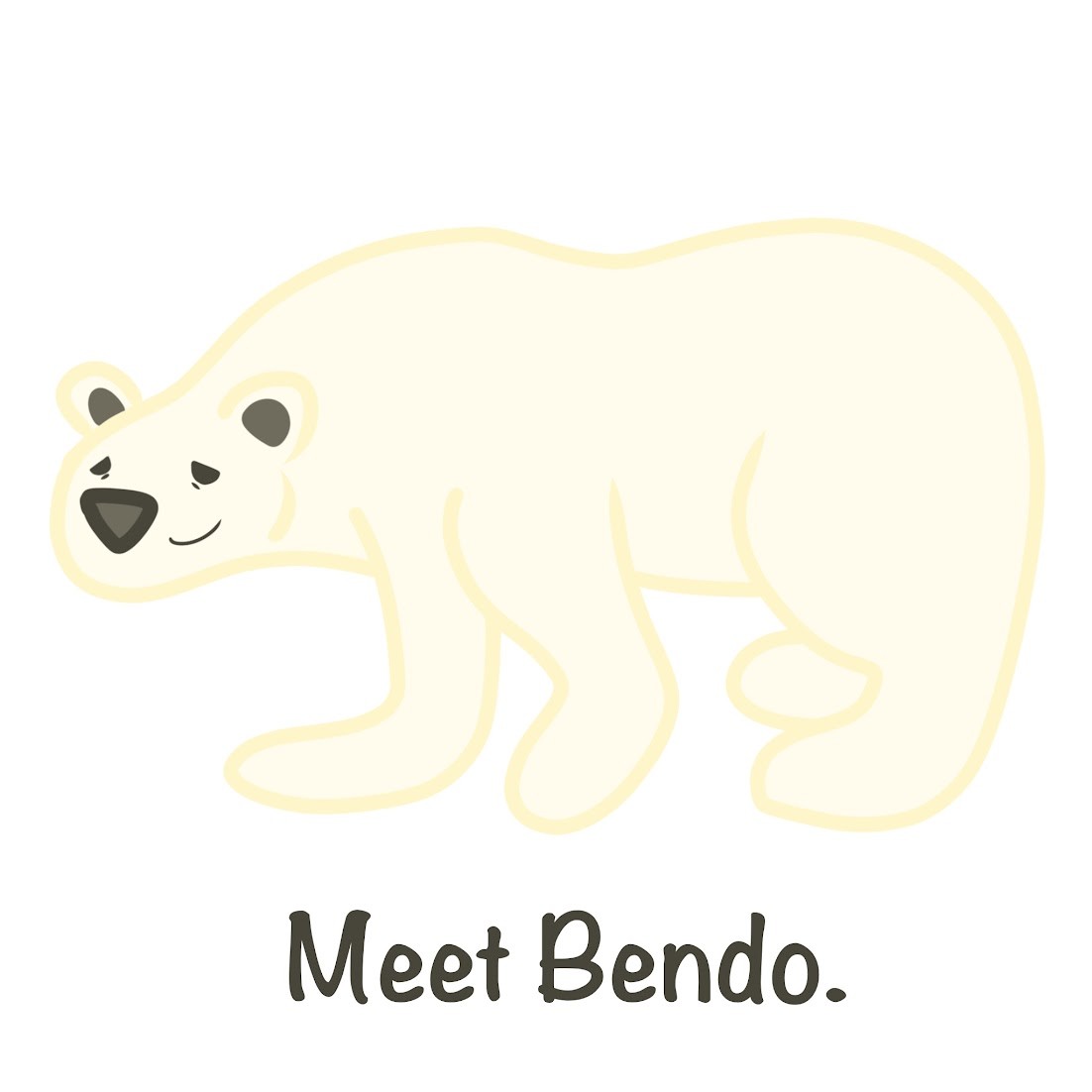
Heat form metabolism; tolerates greater variation in internal temperature but more energetically expensive
-
What time of animals use endothermy?
Birds and mammals
-
Ectothermy
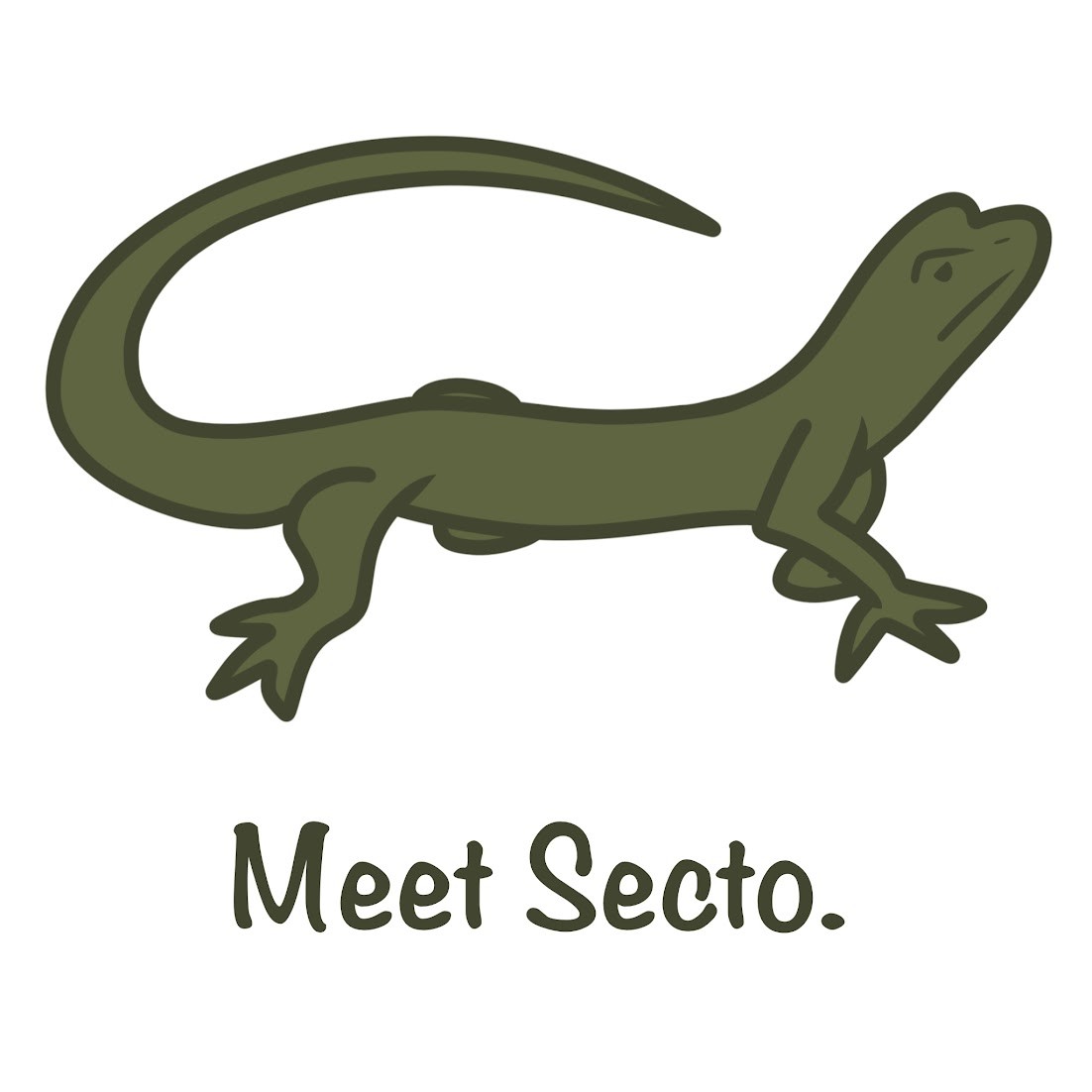
Heat from environment; more active at a greater range of external temperatures

